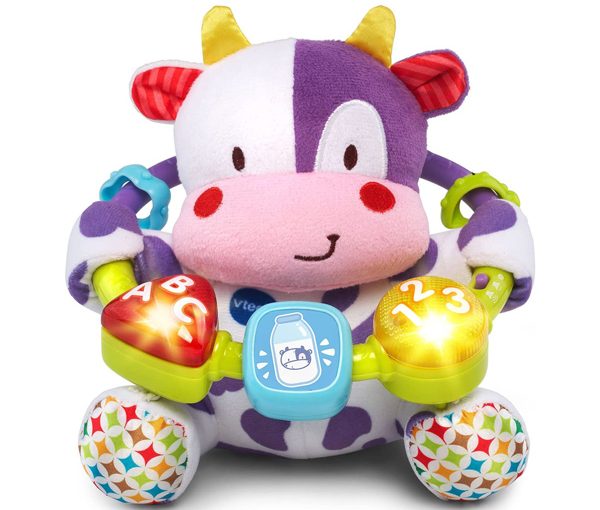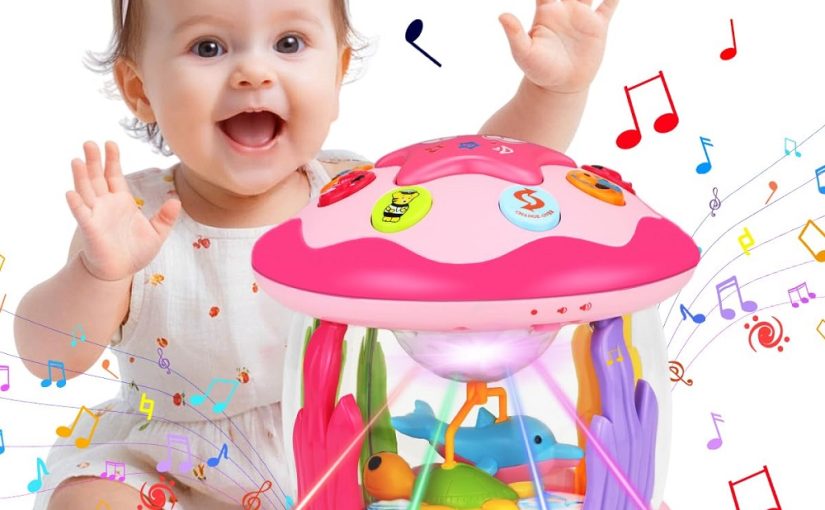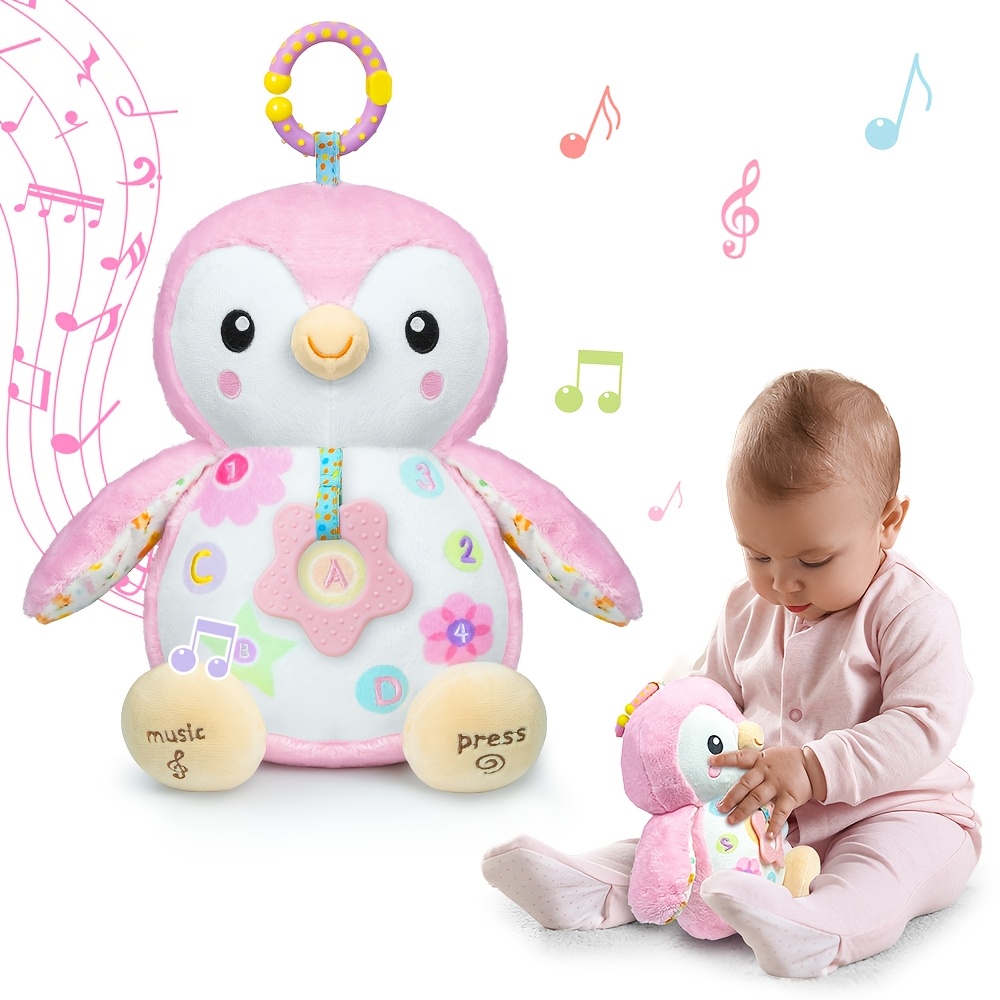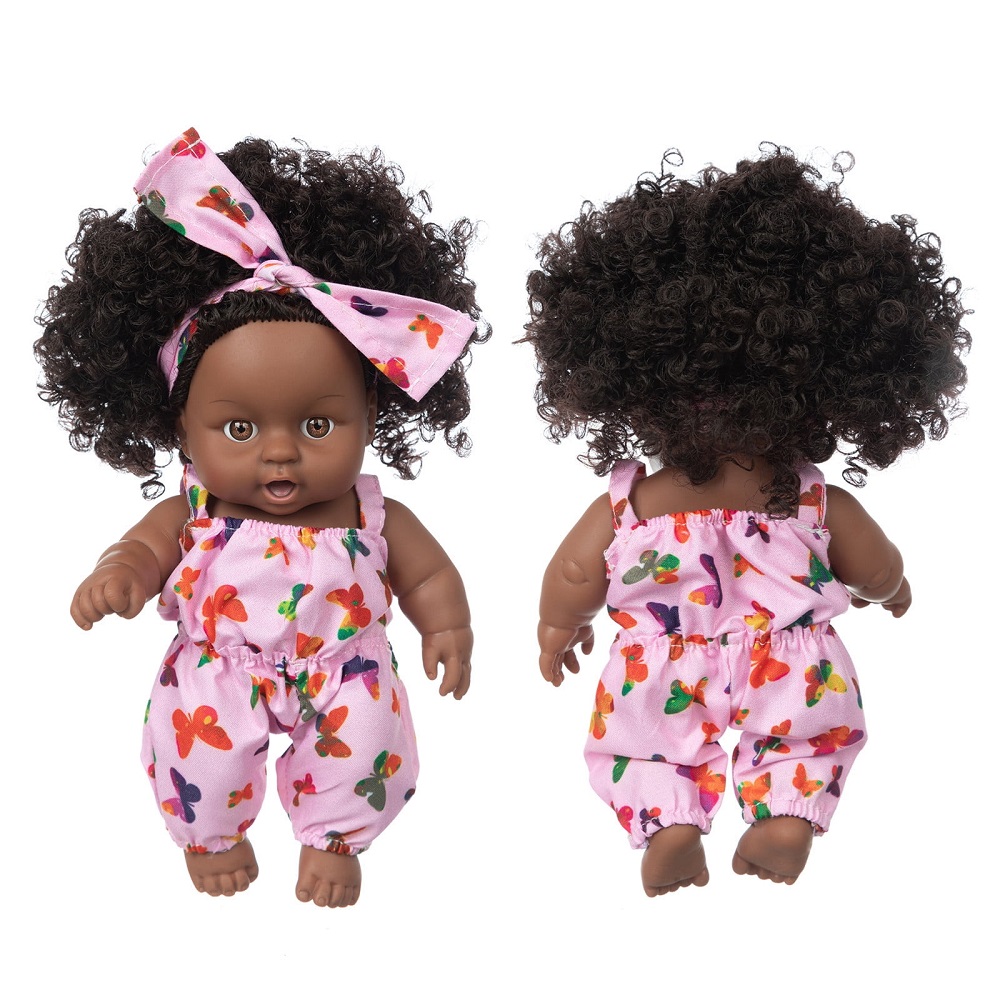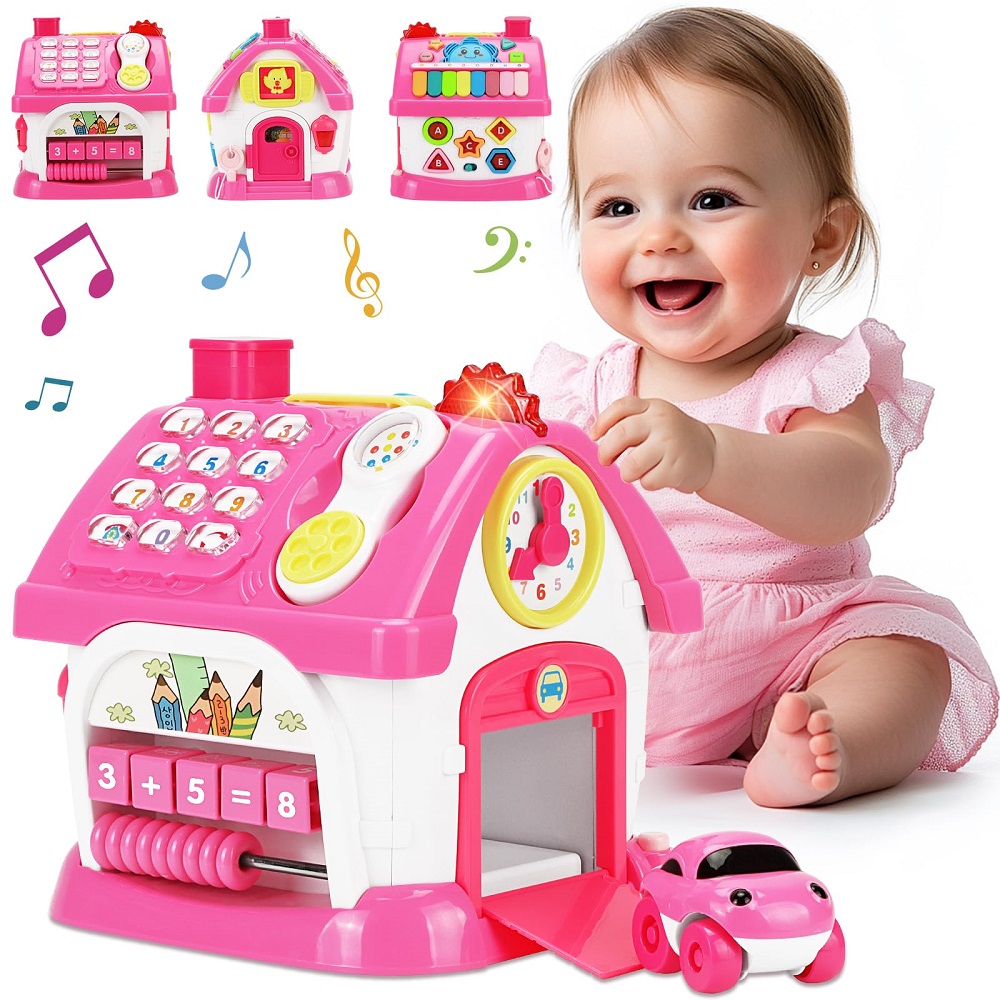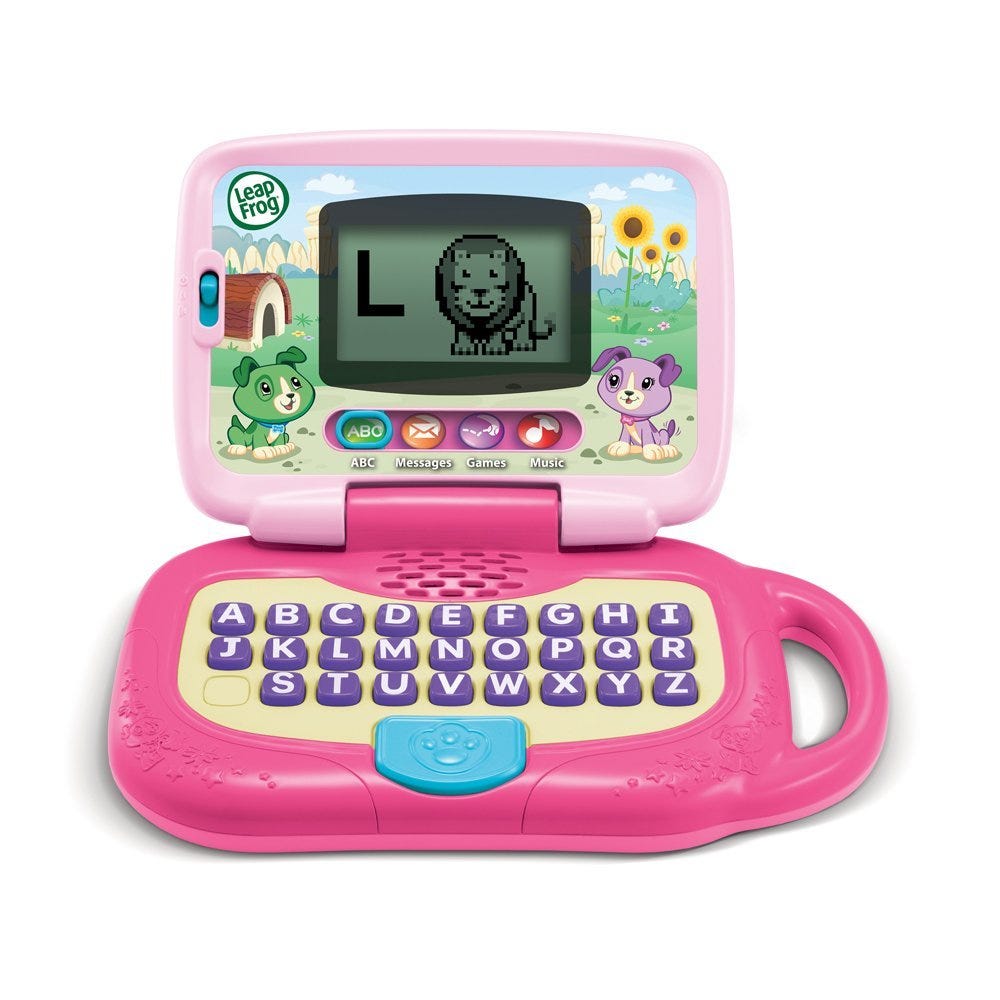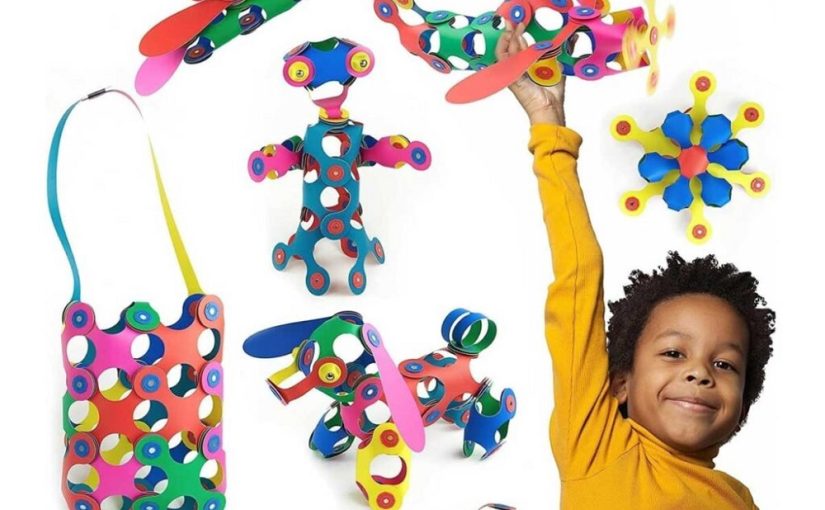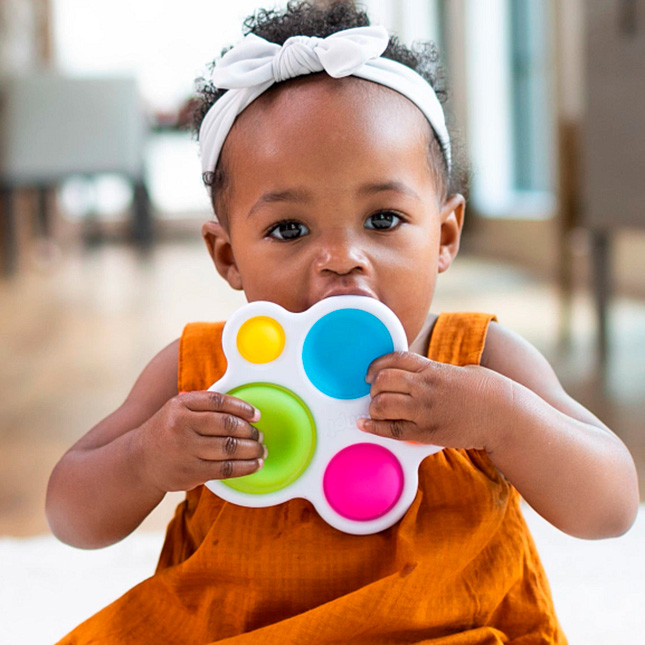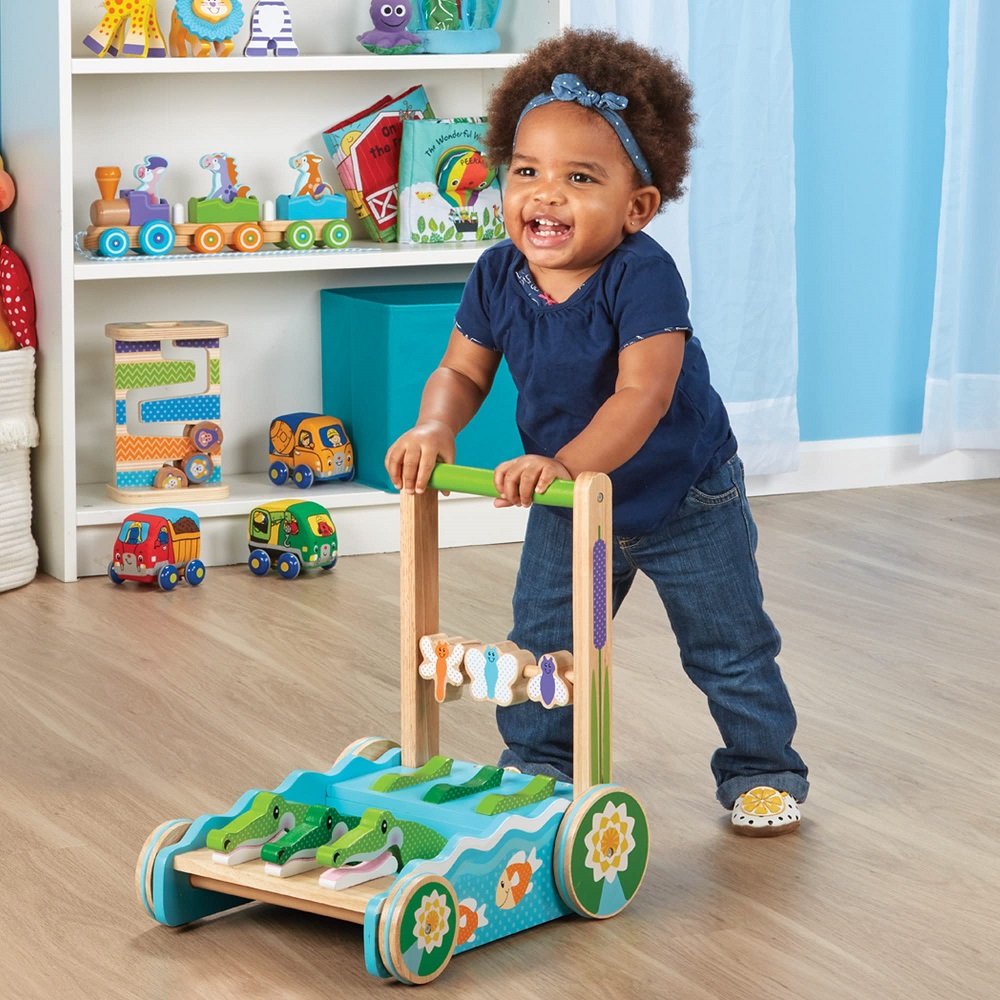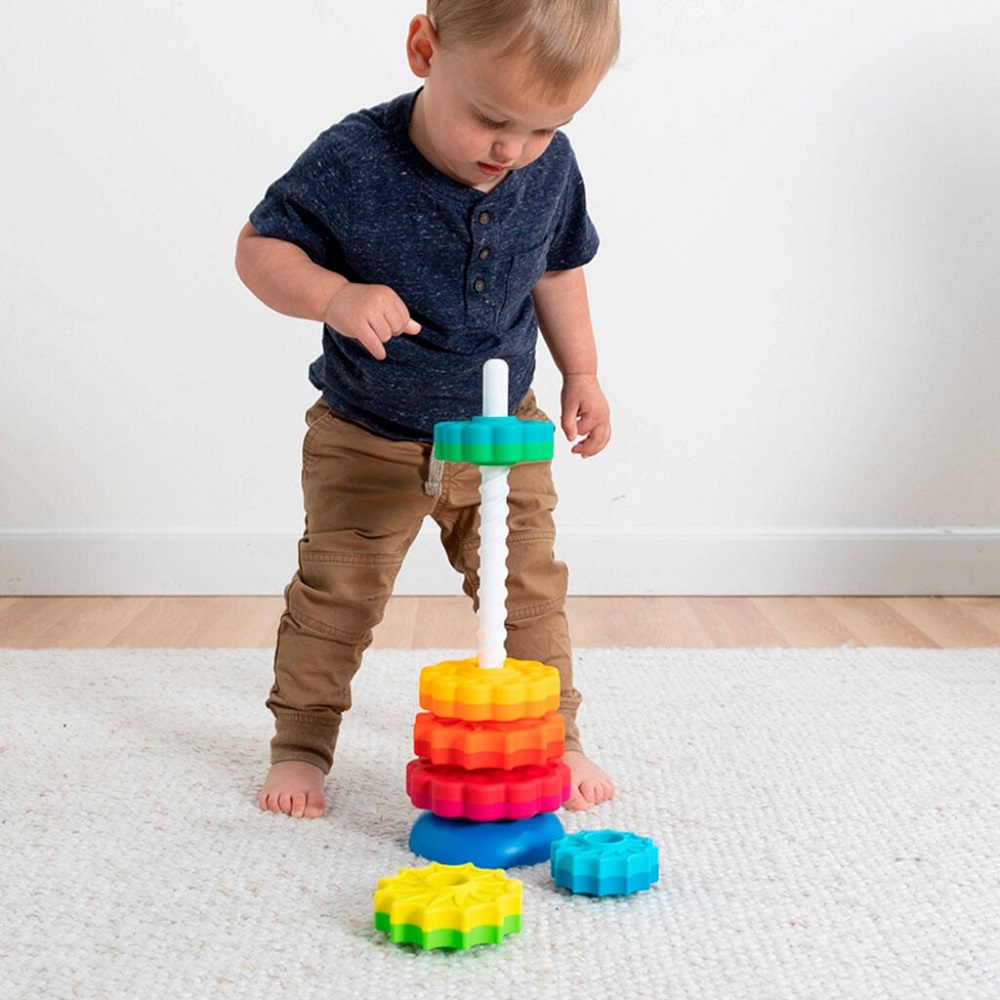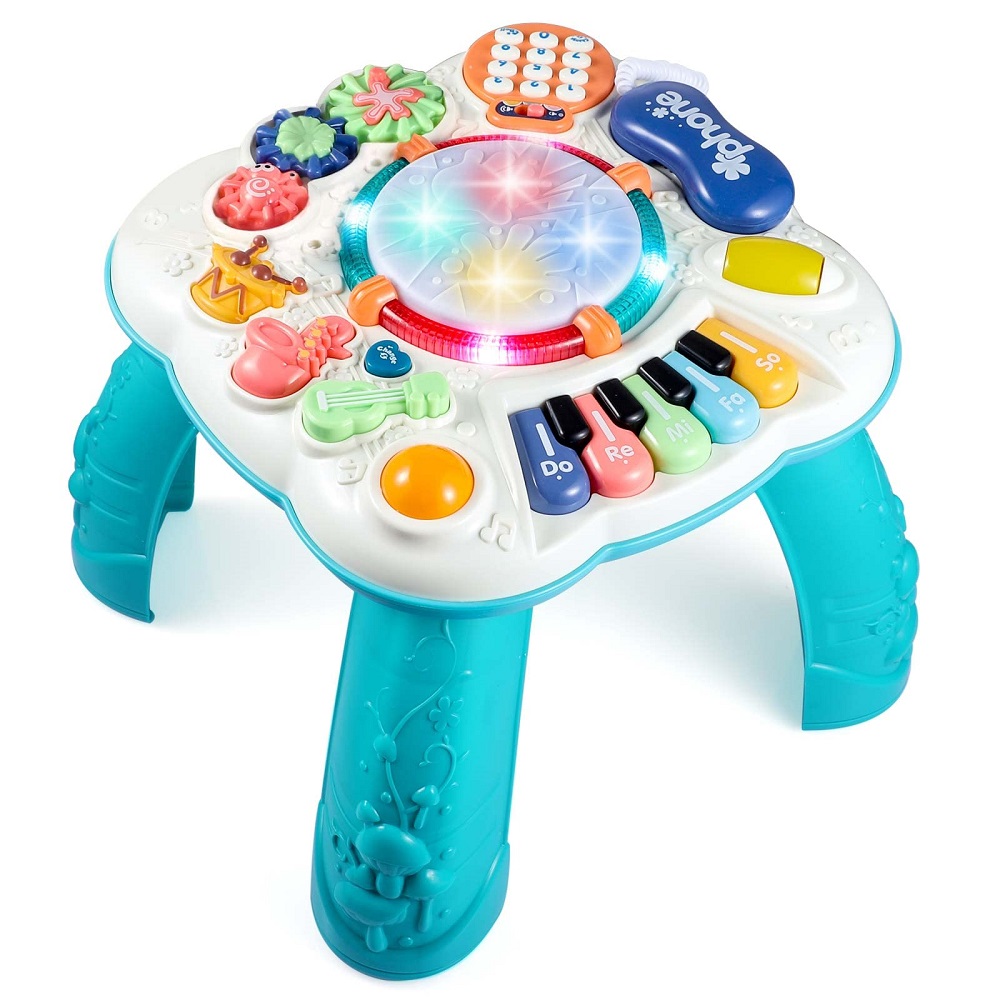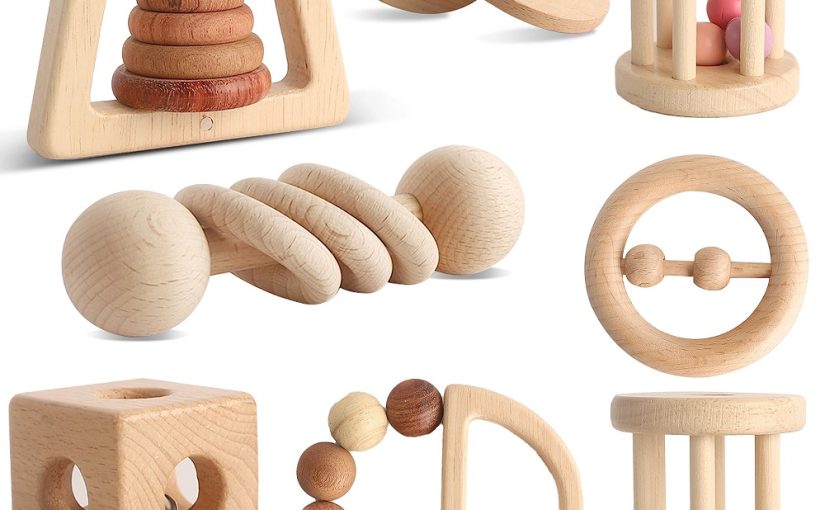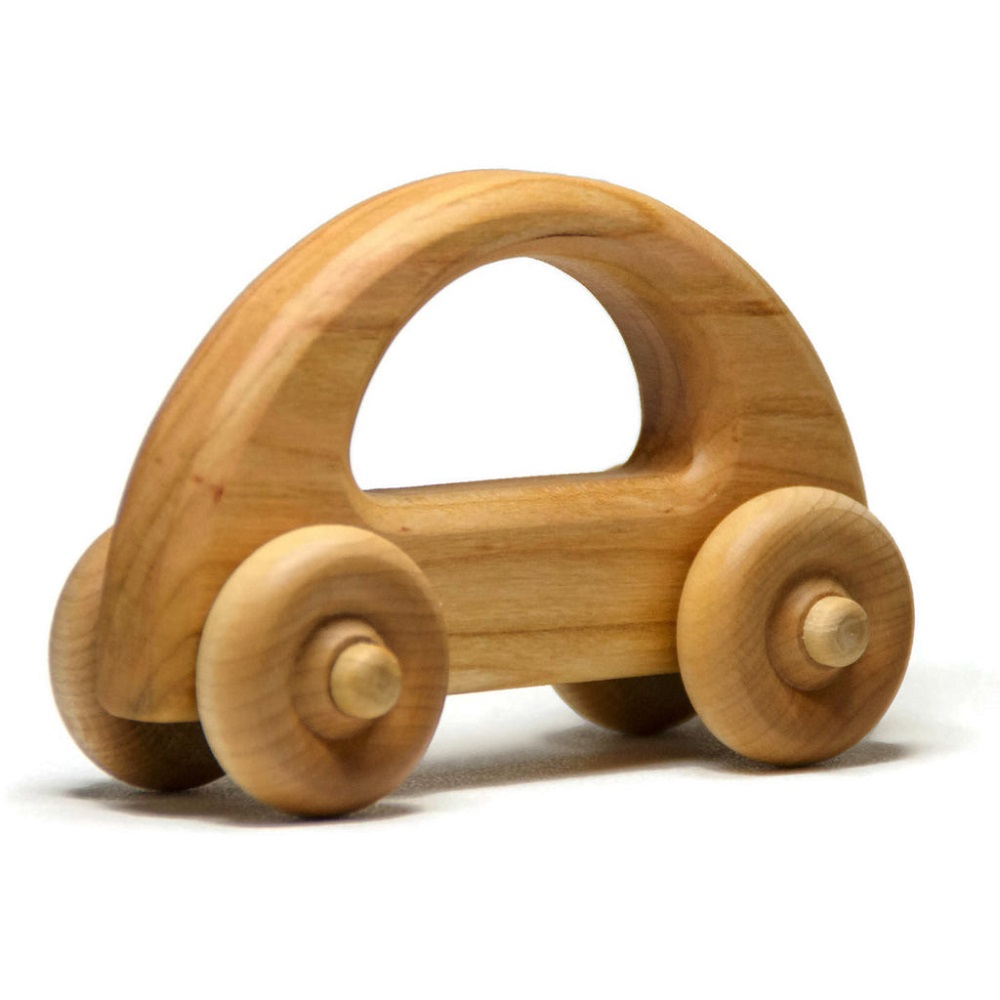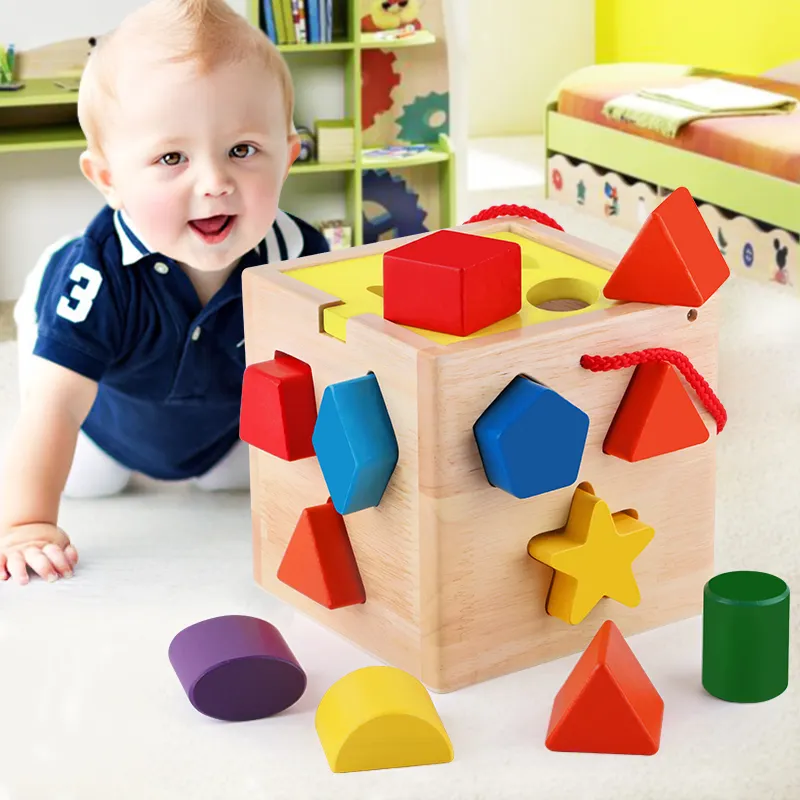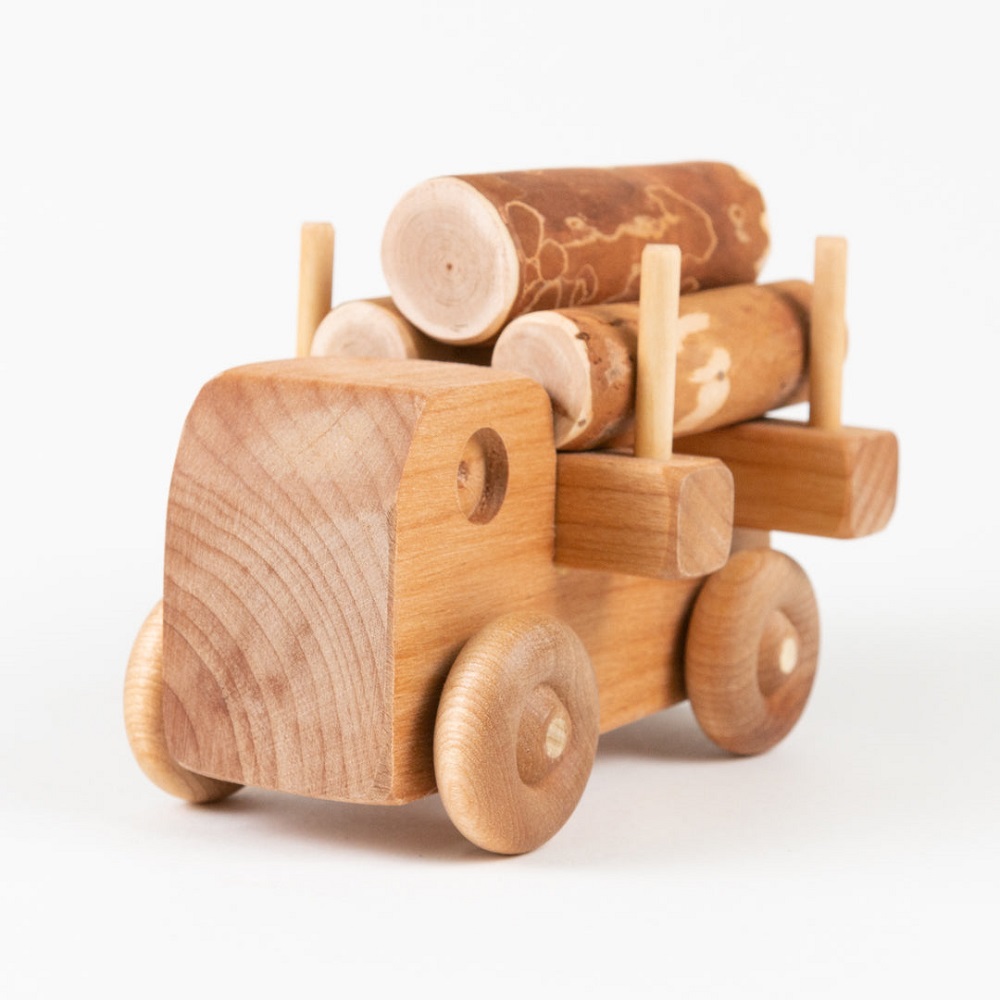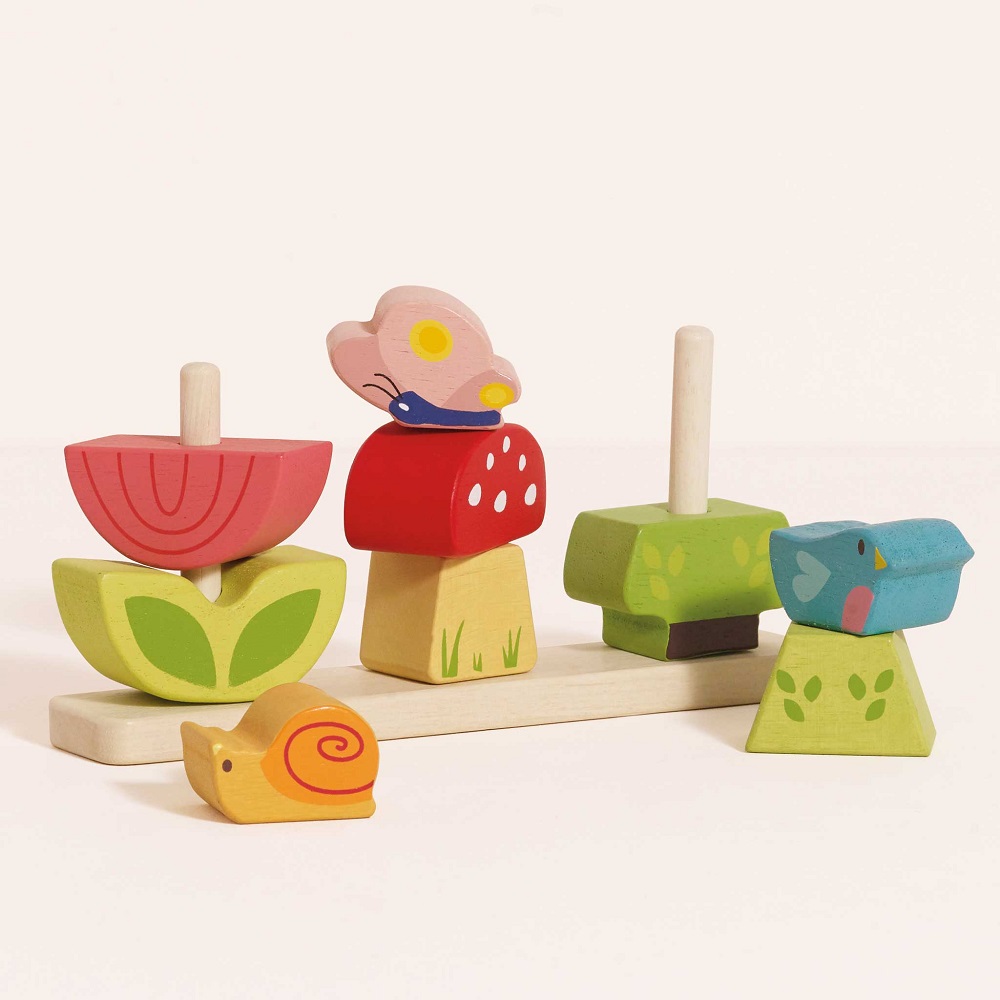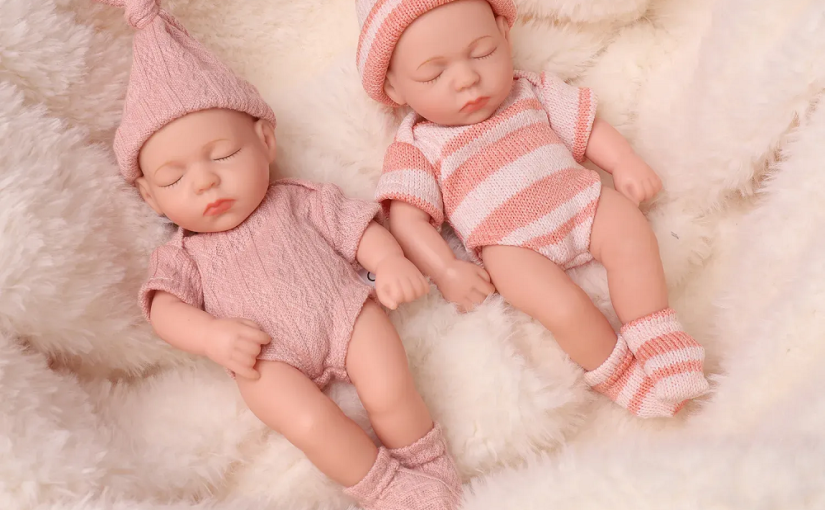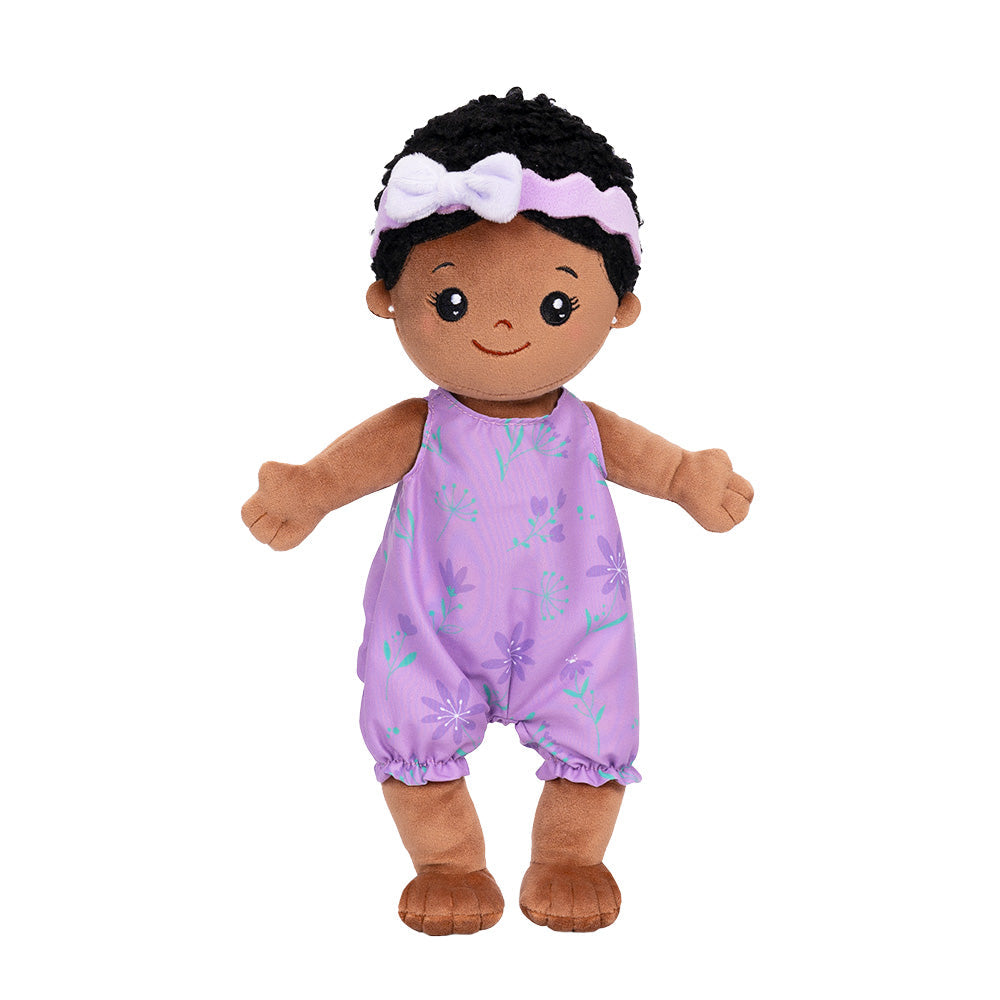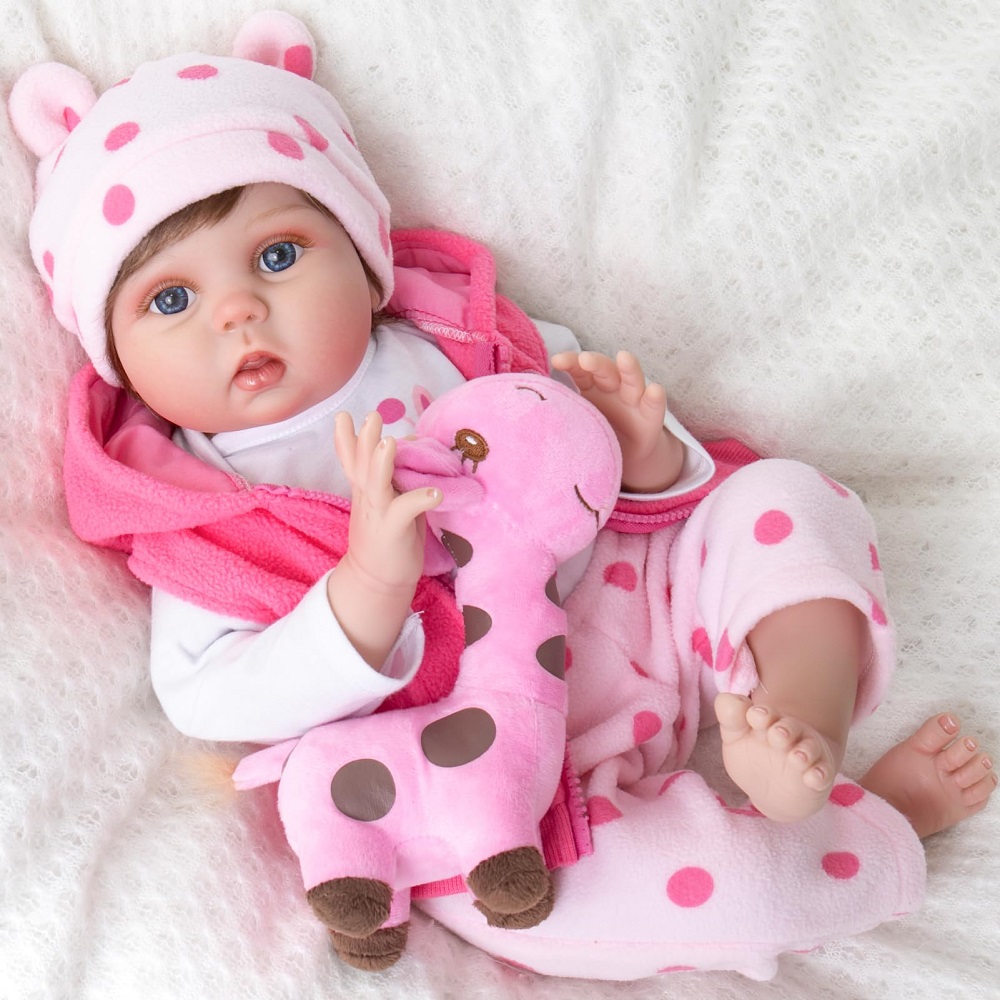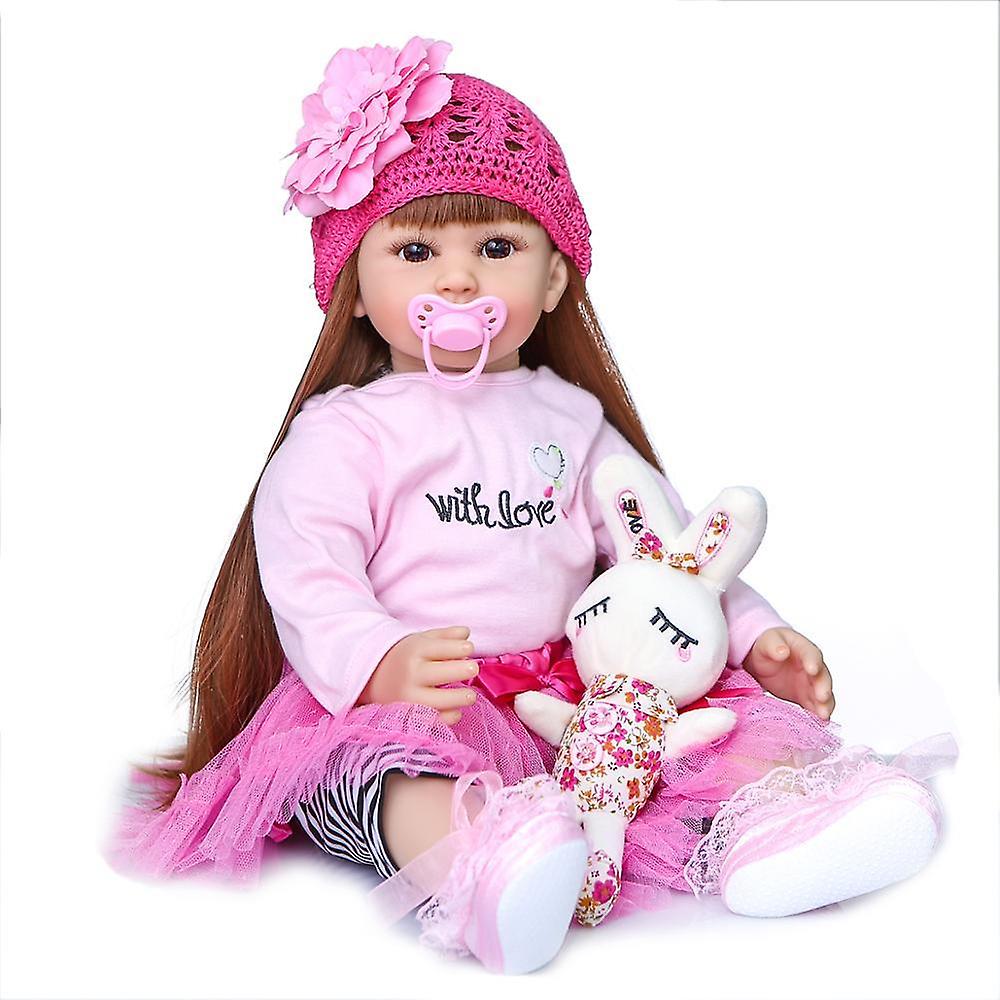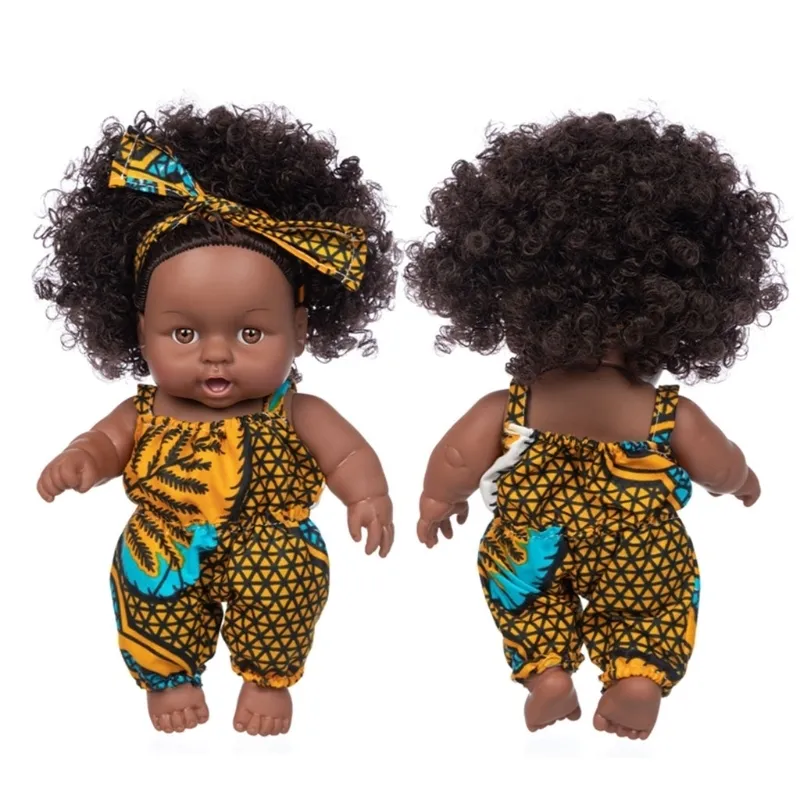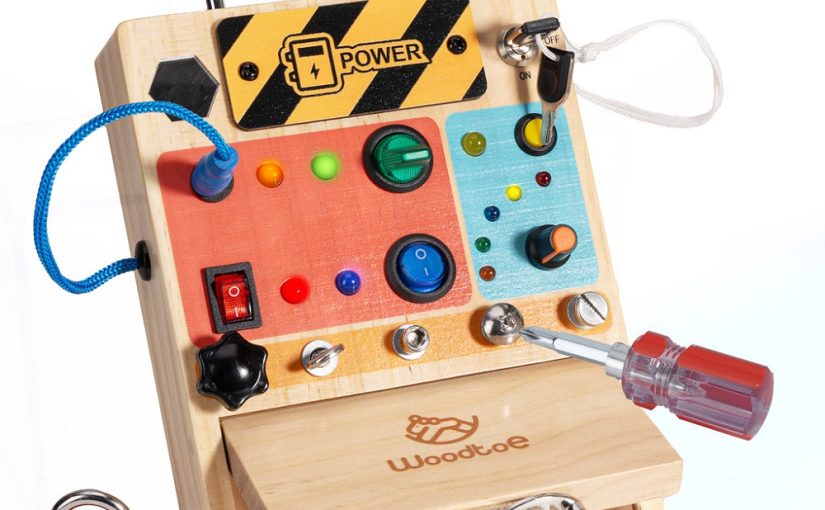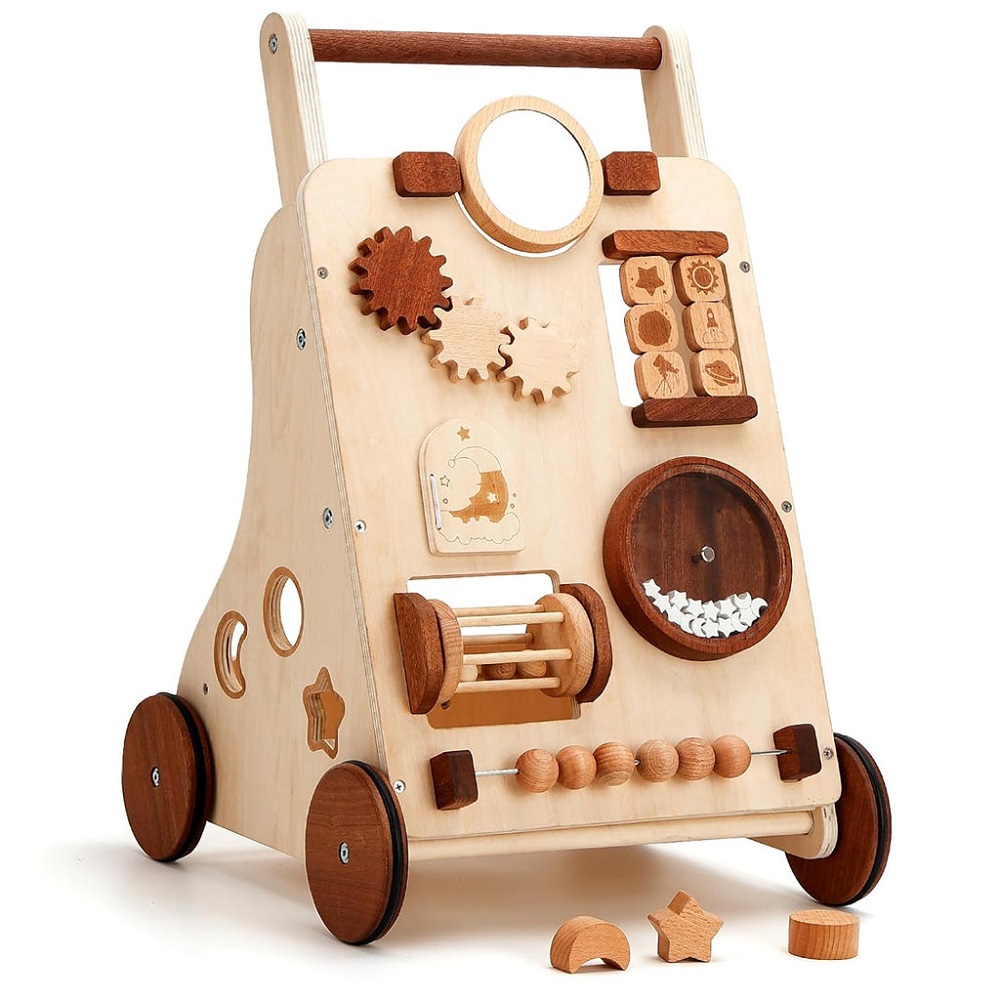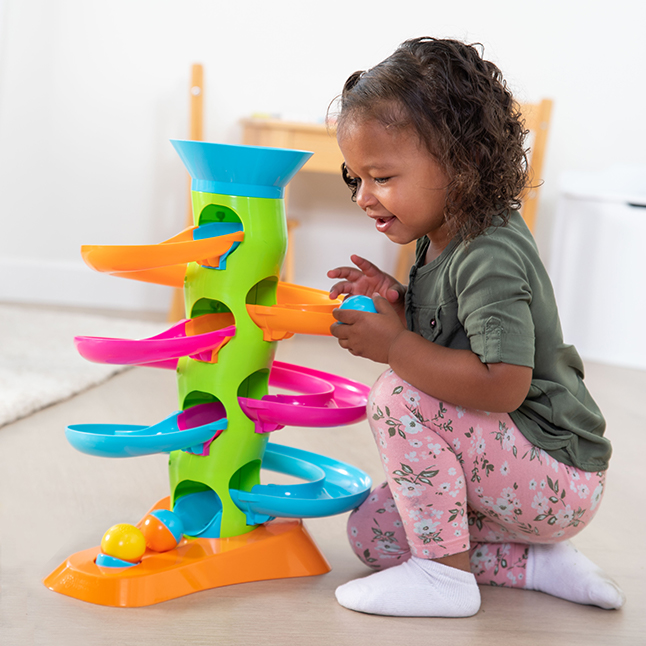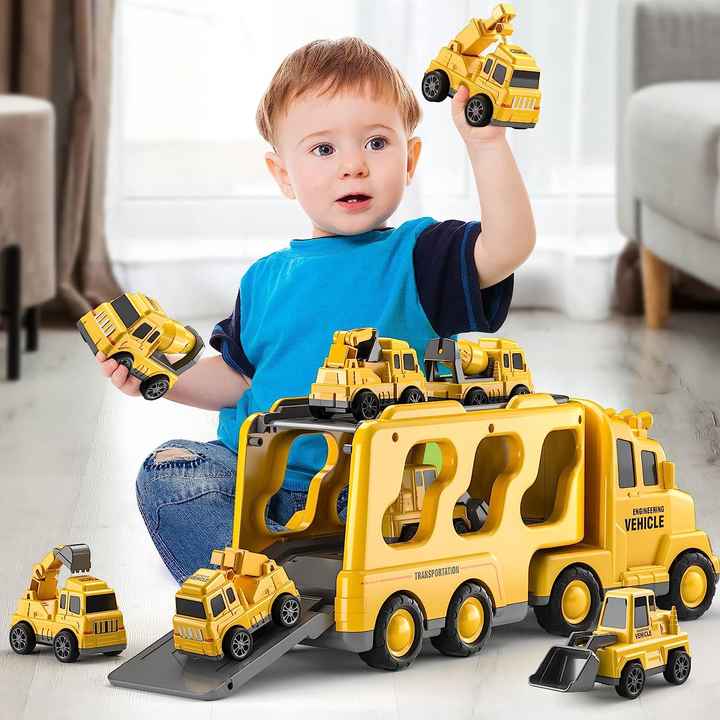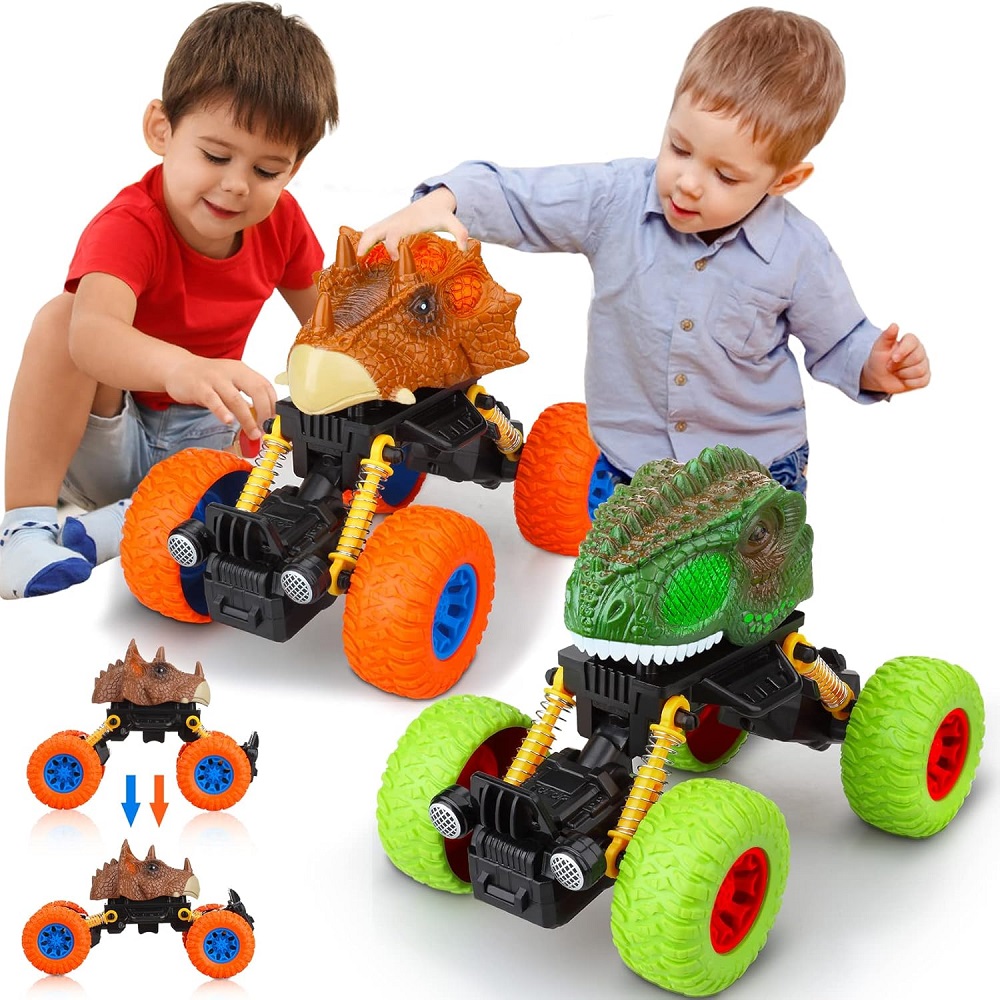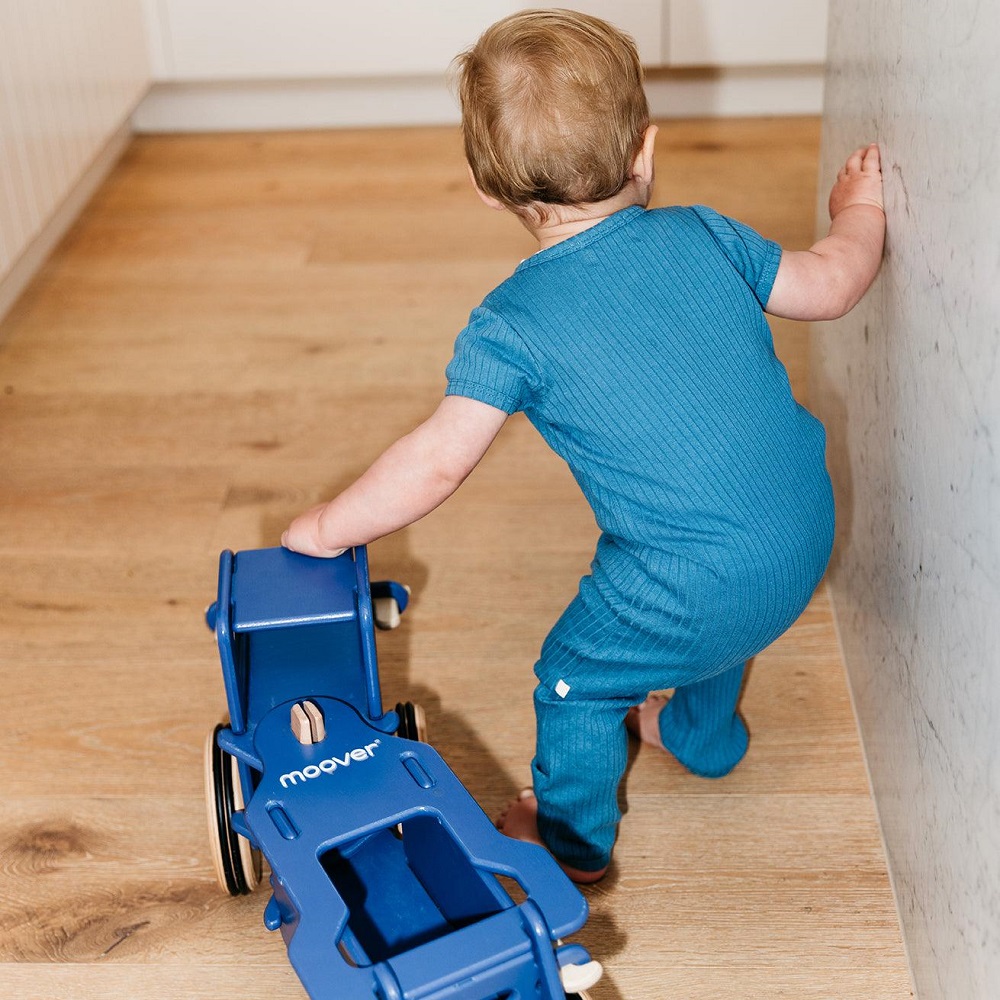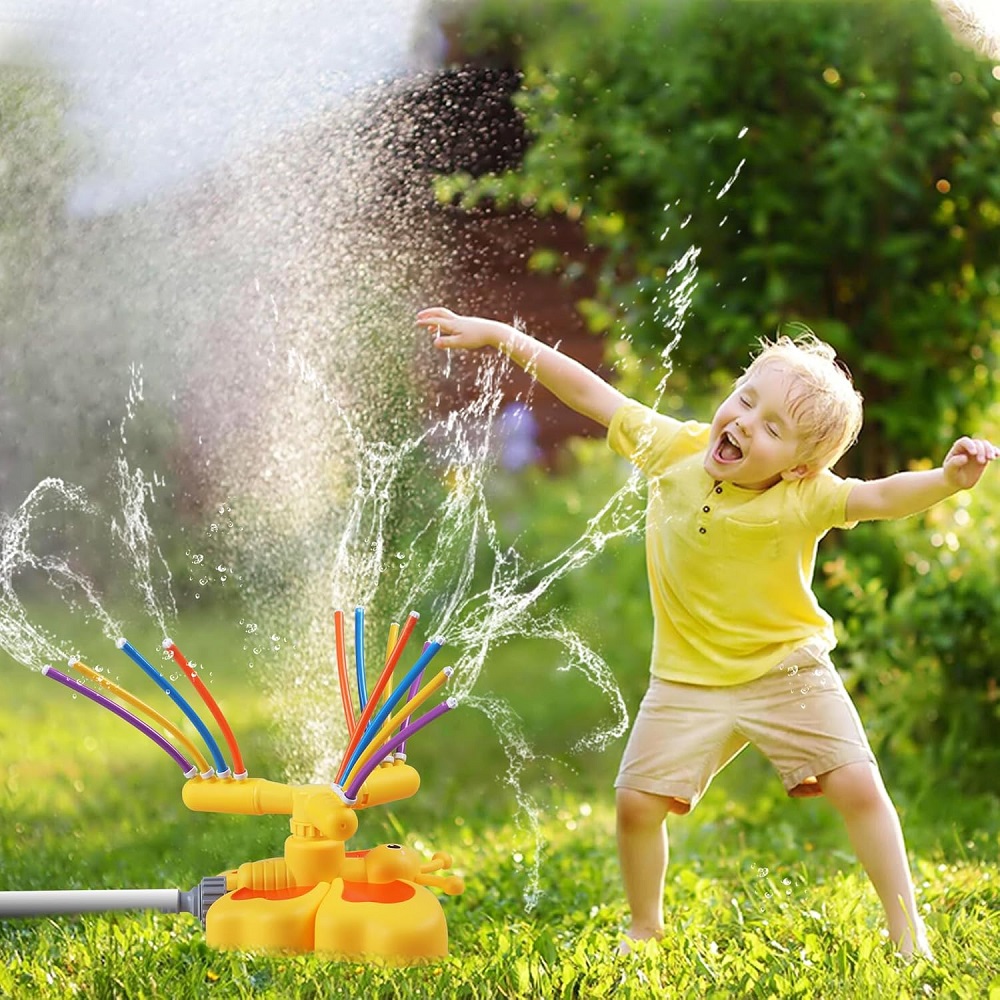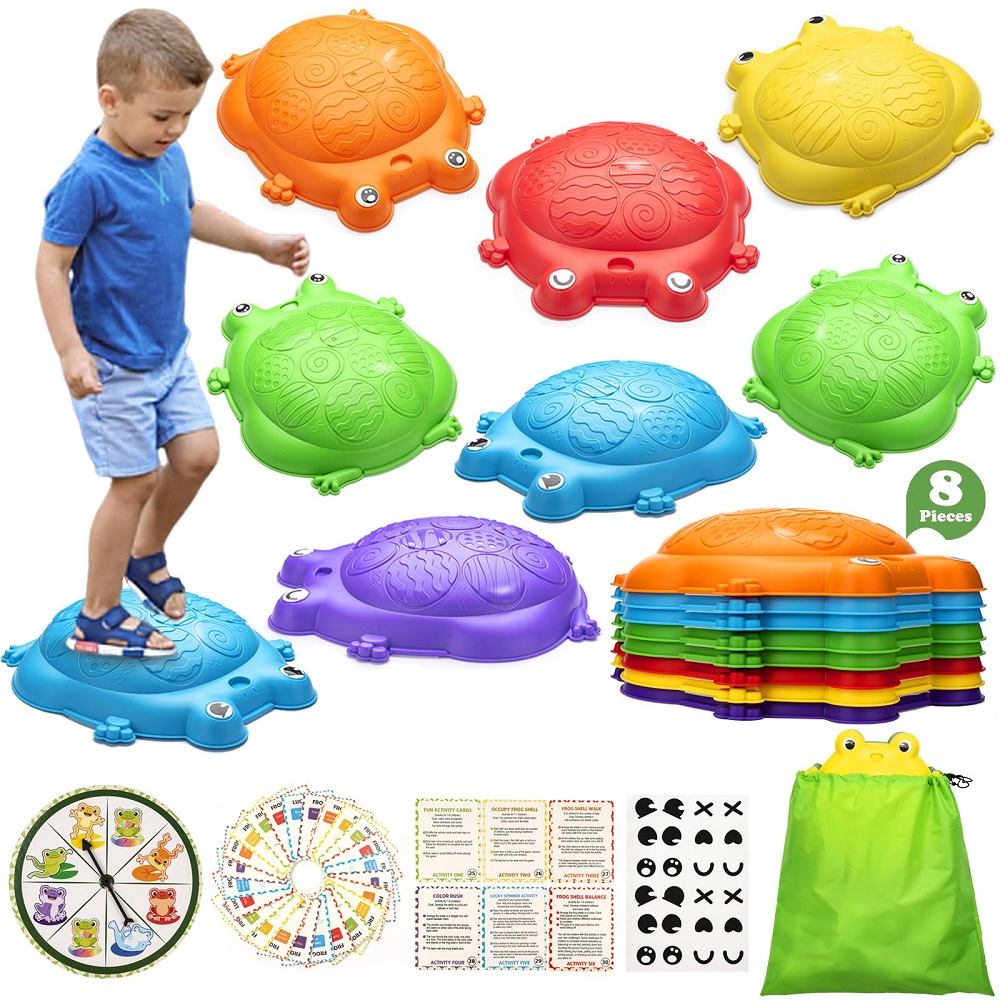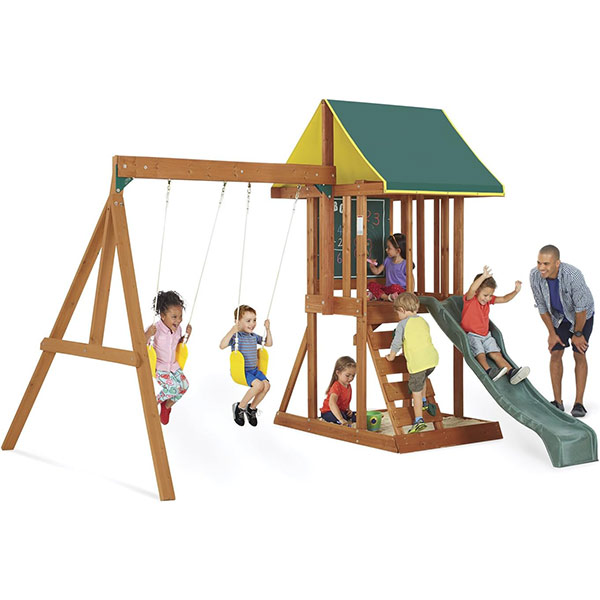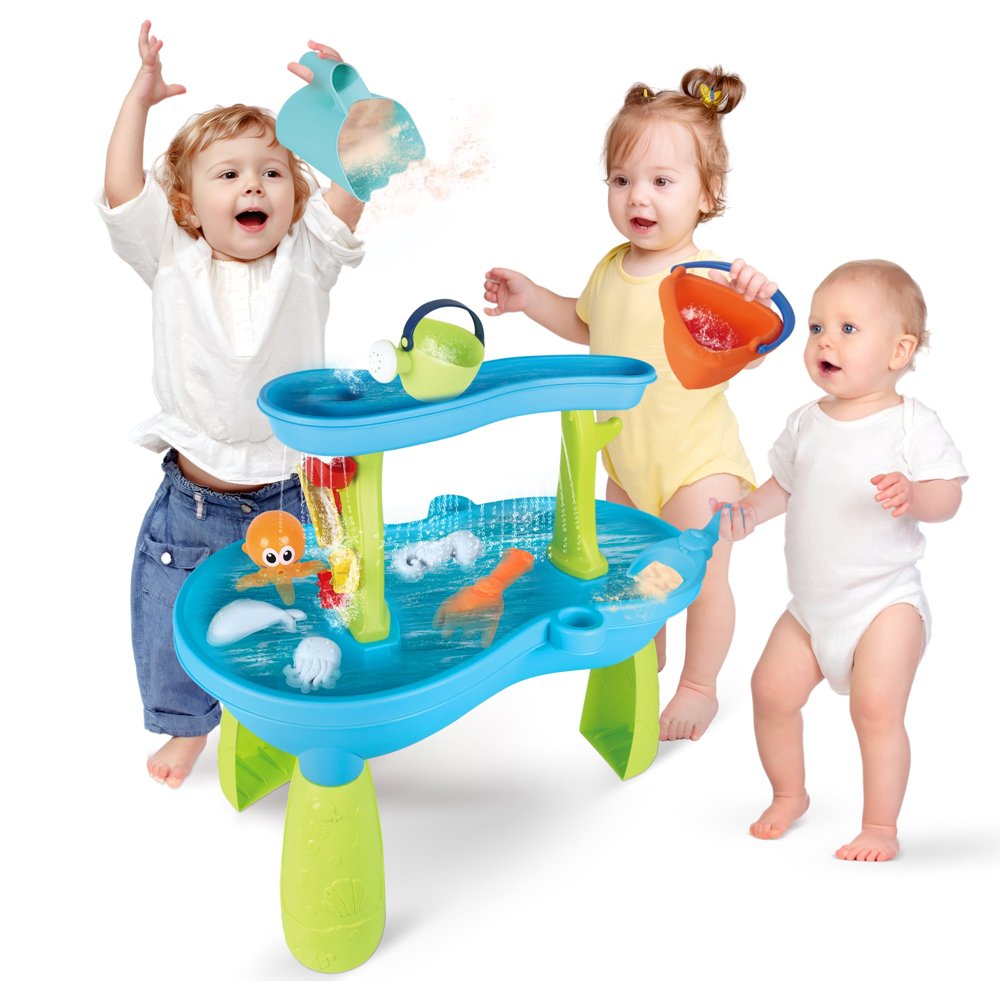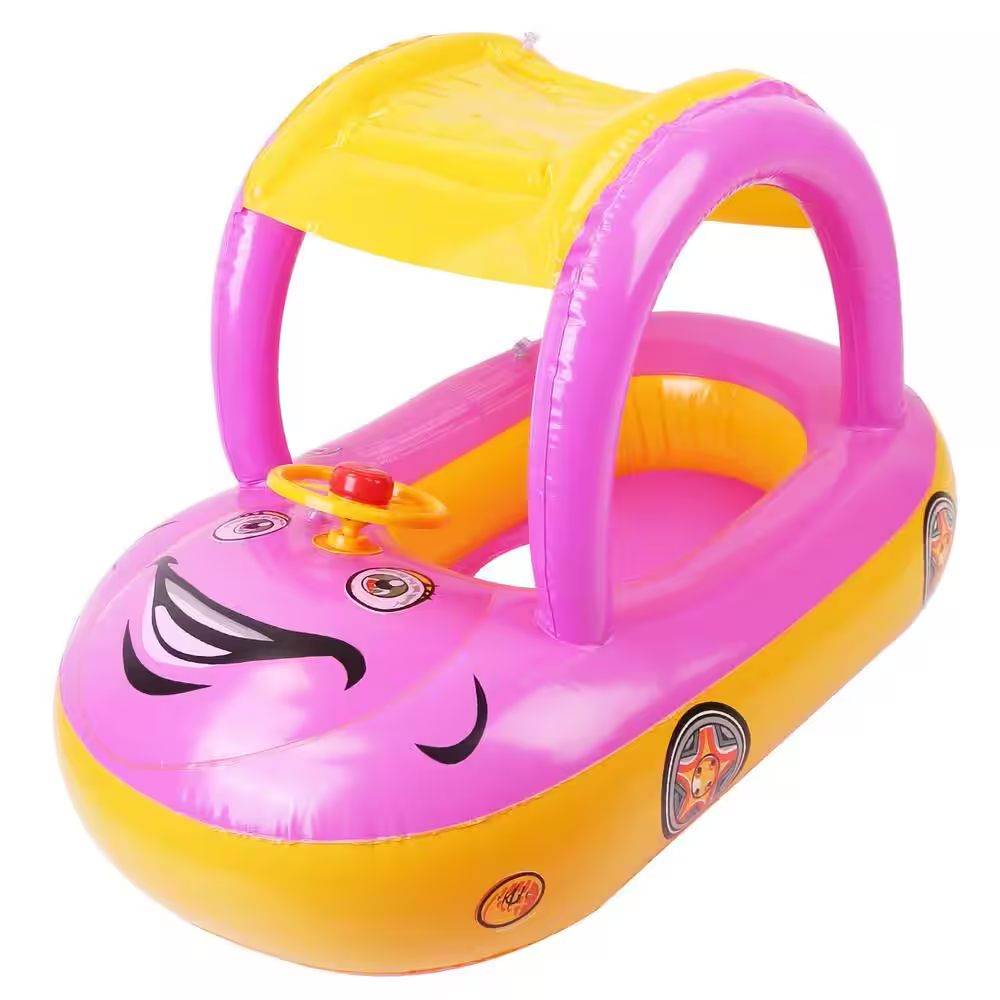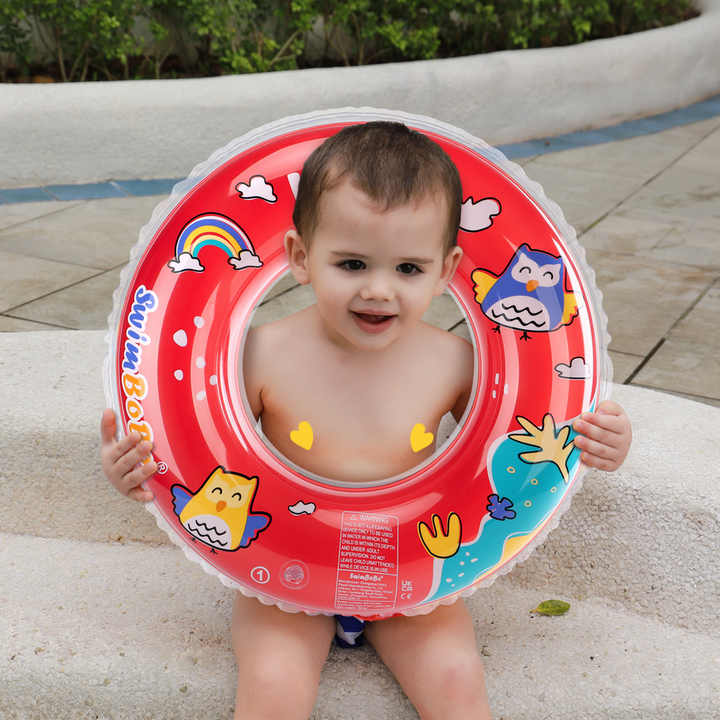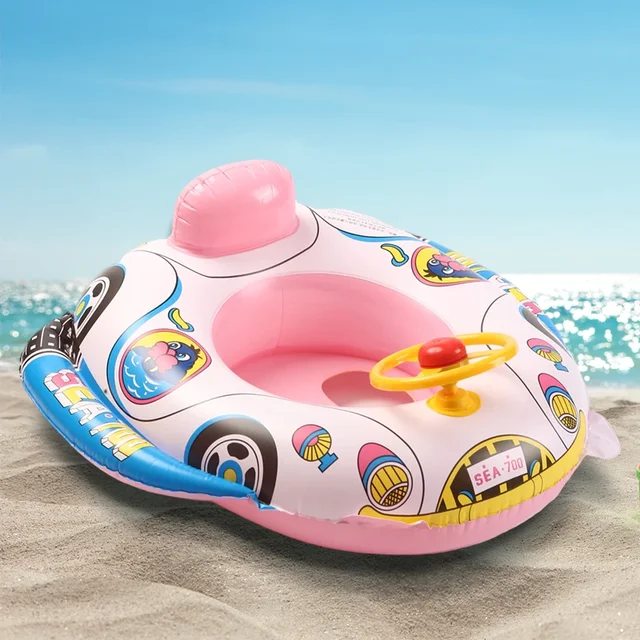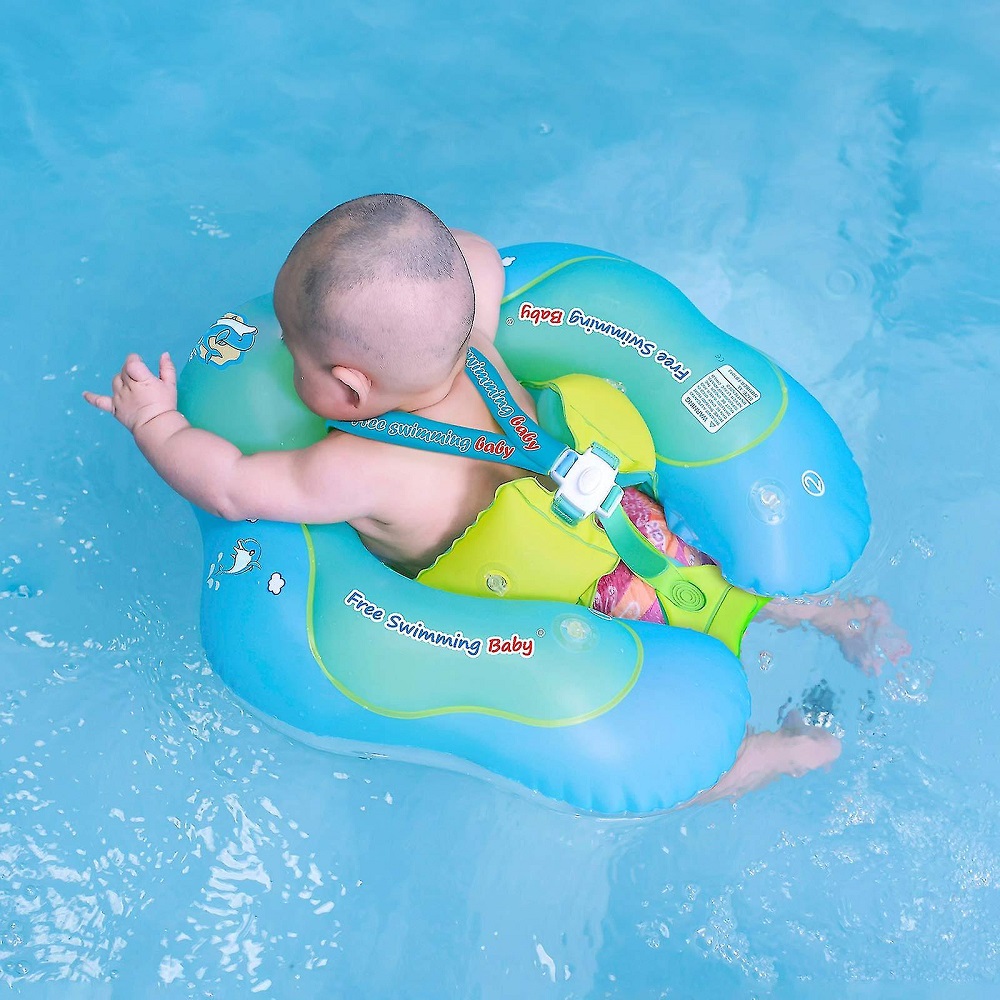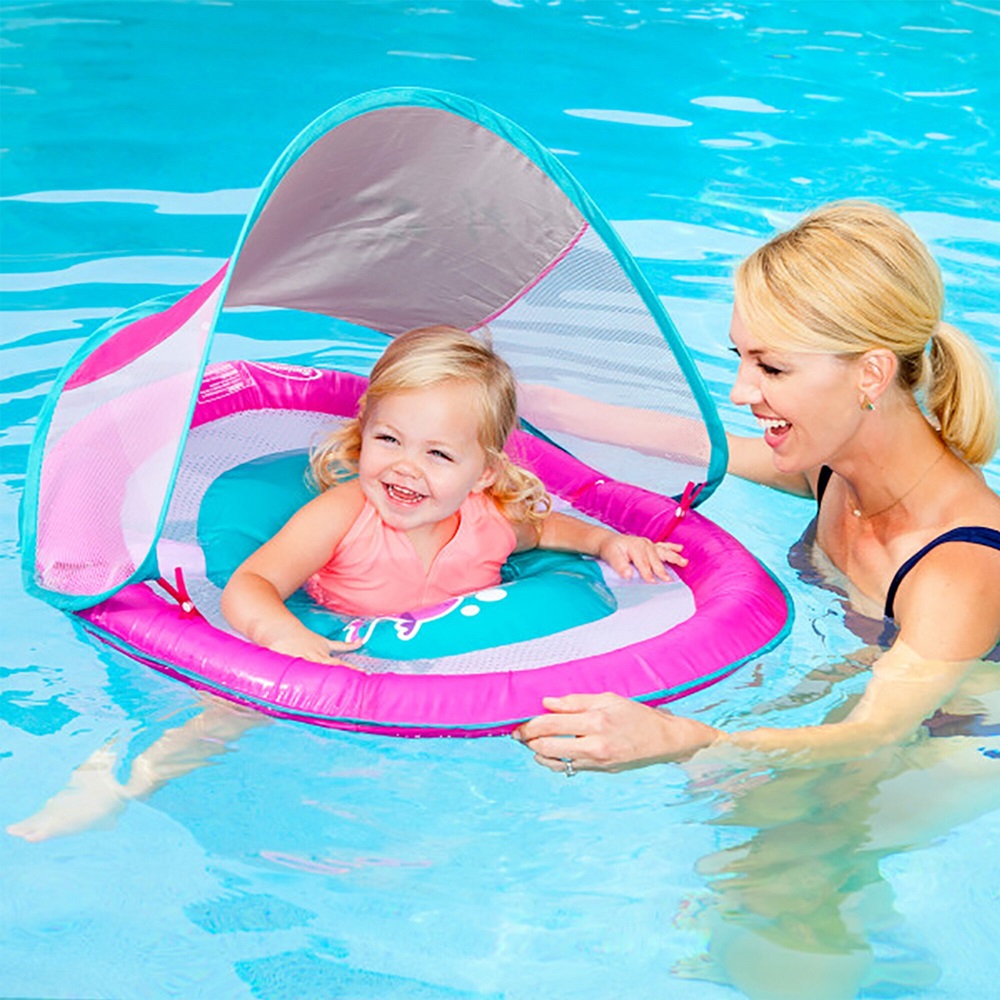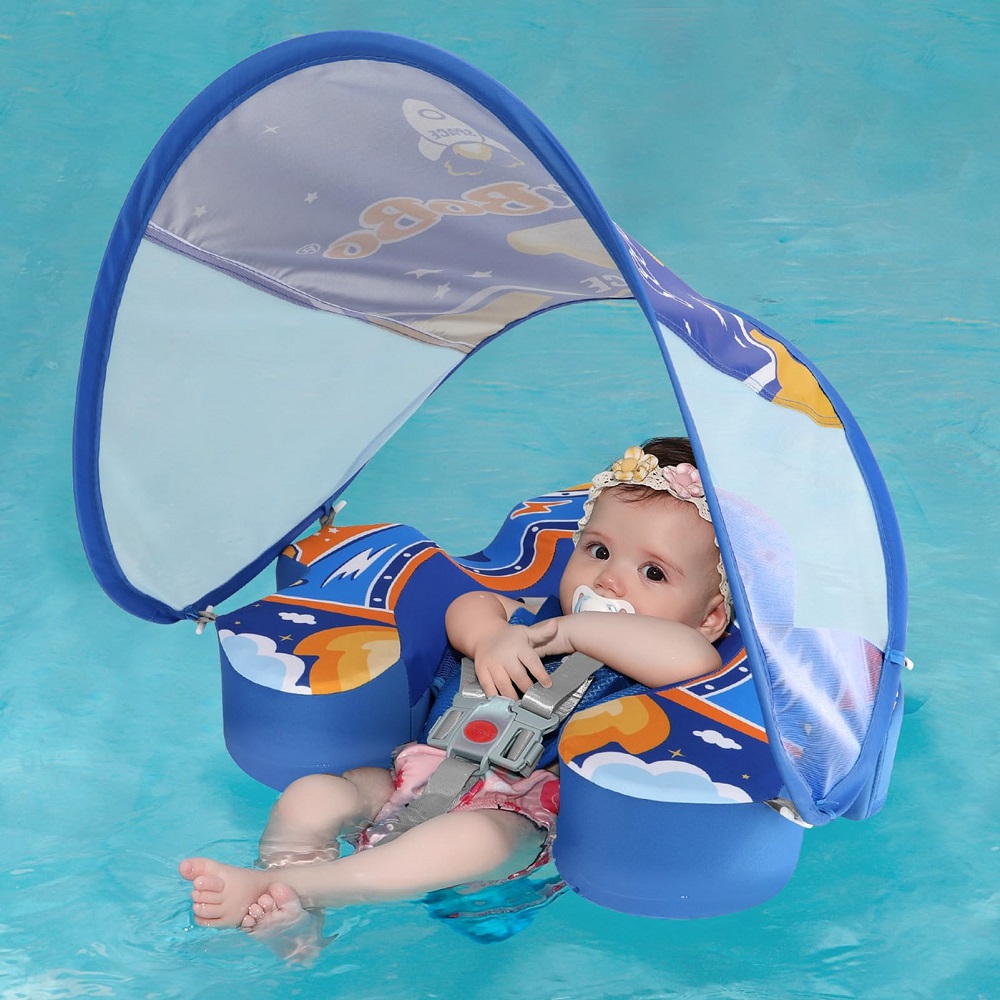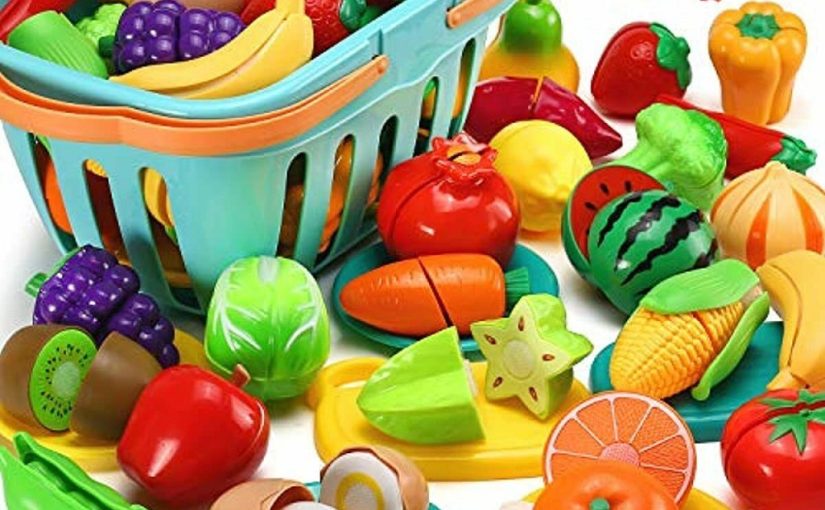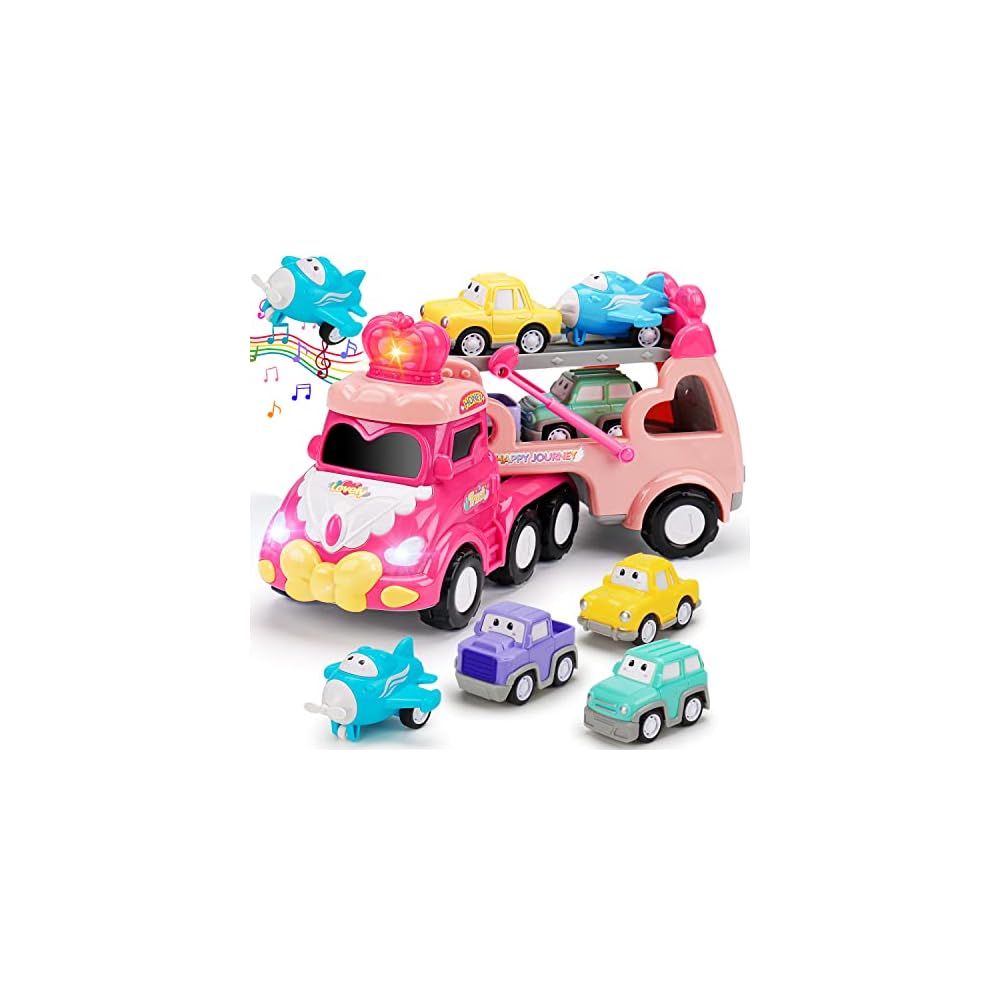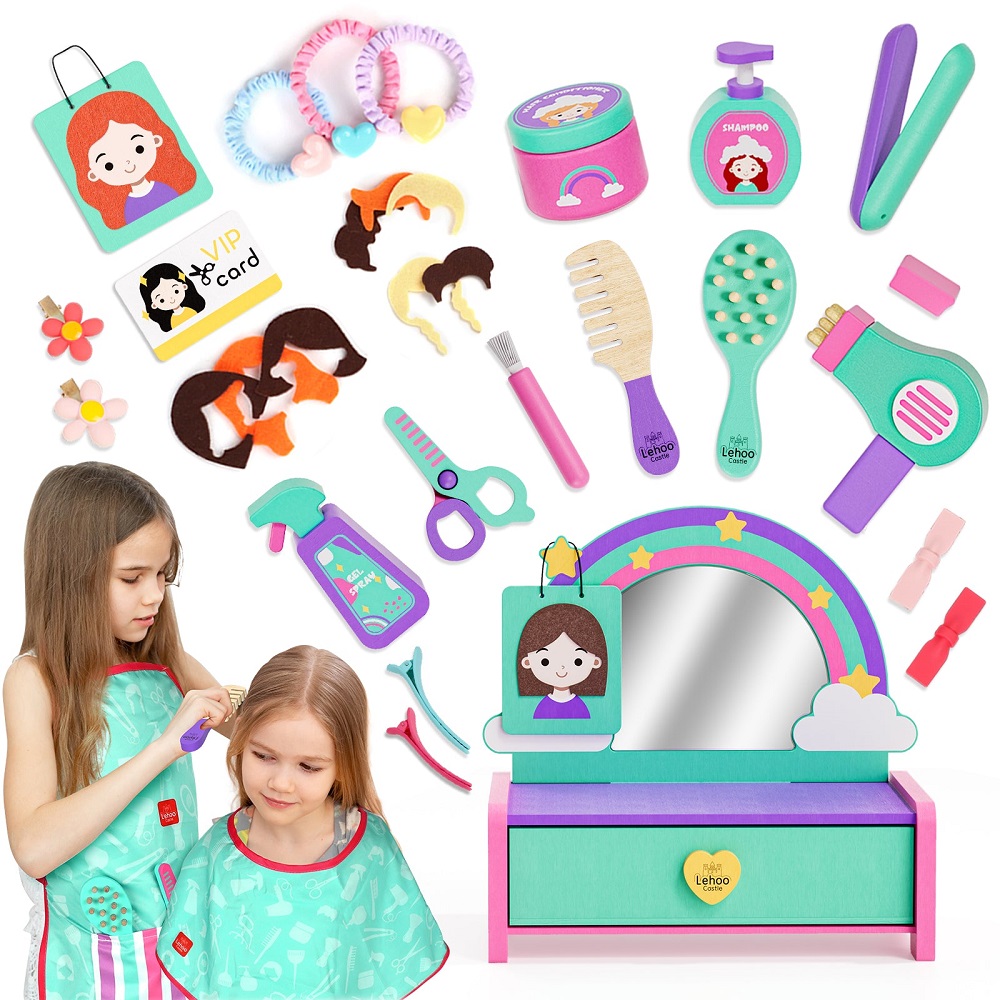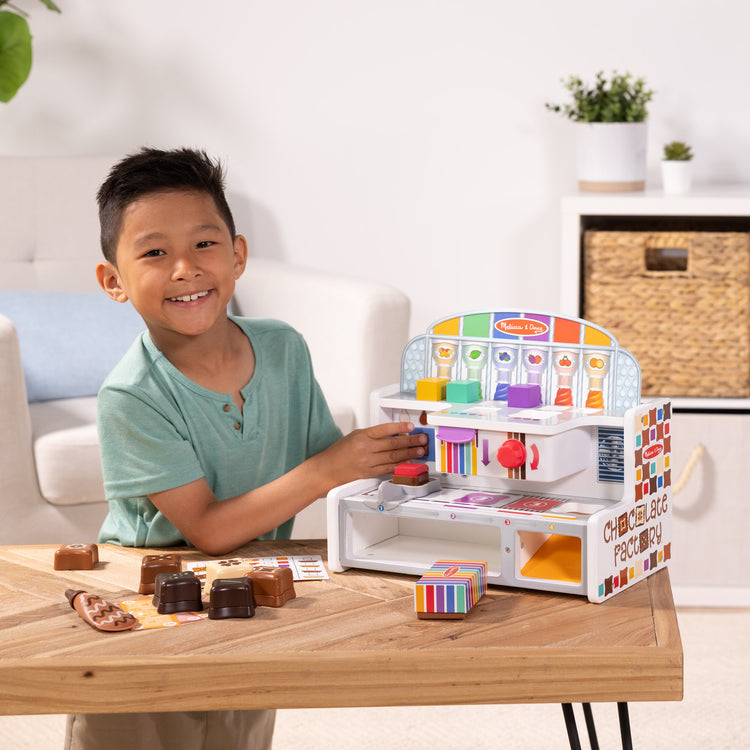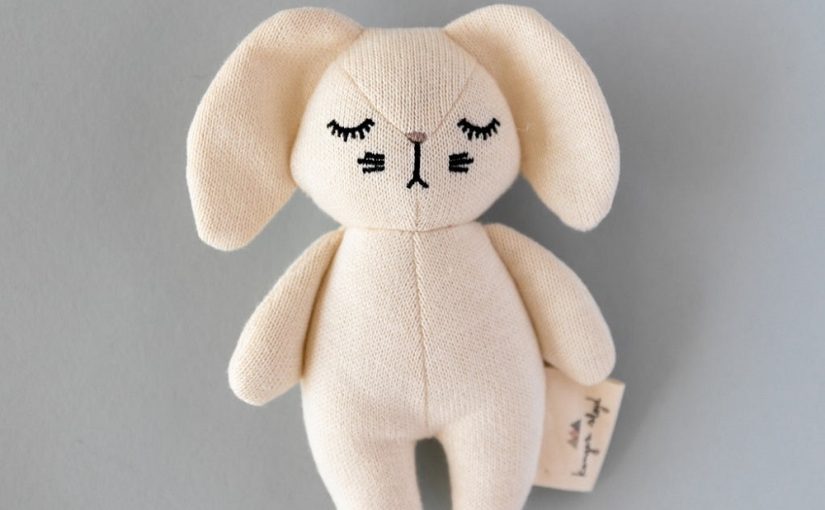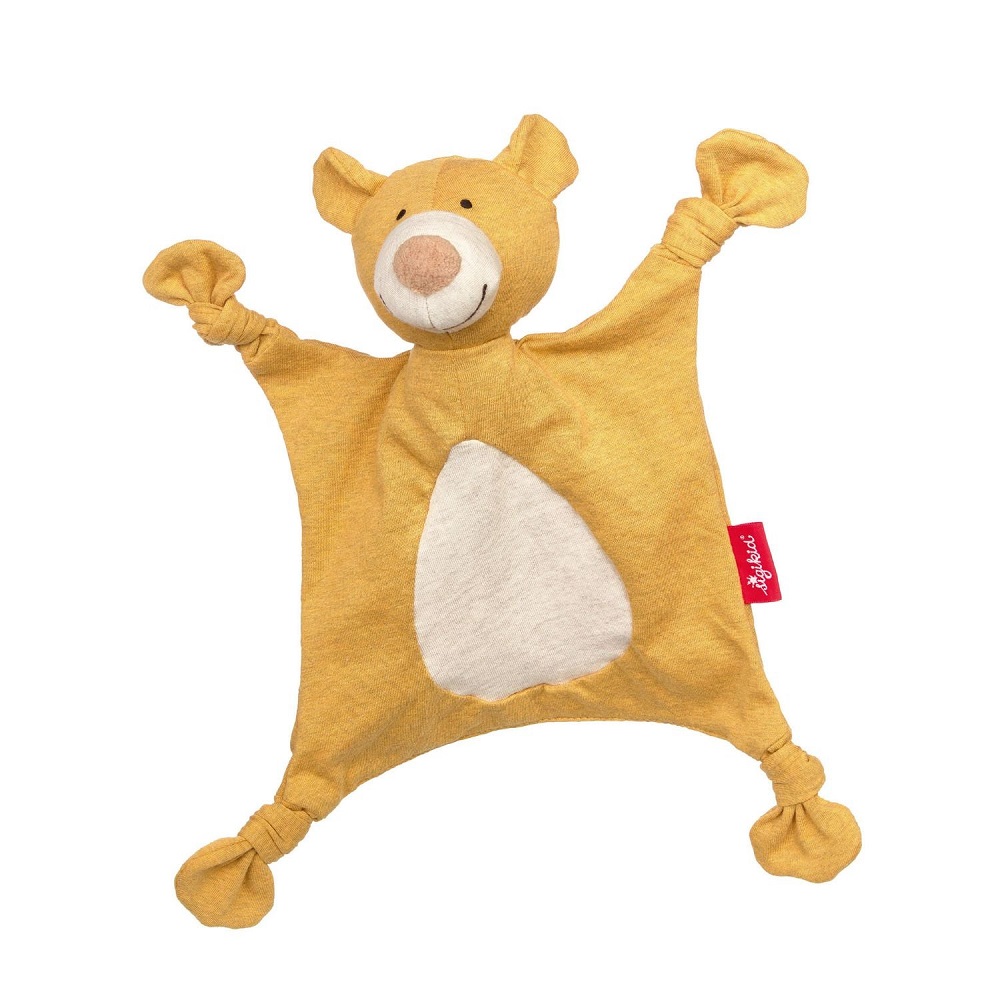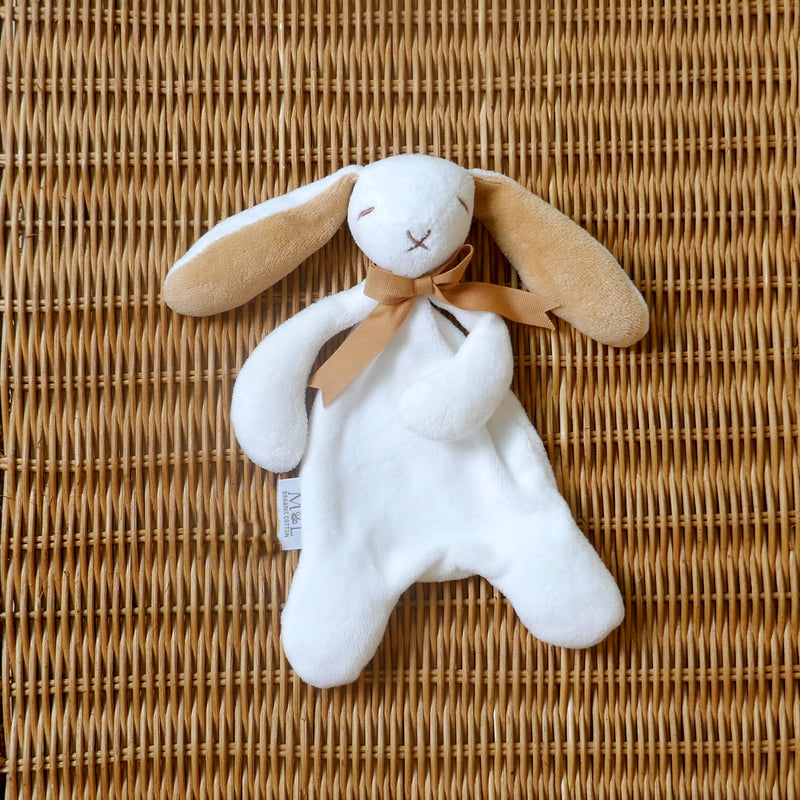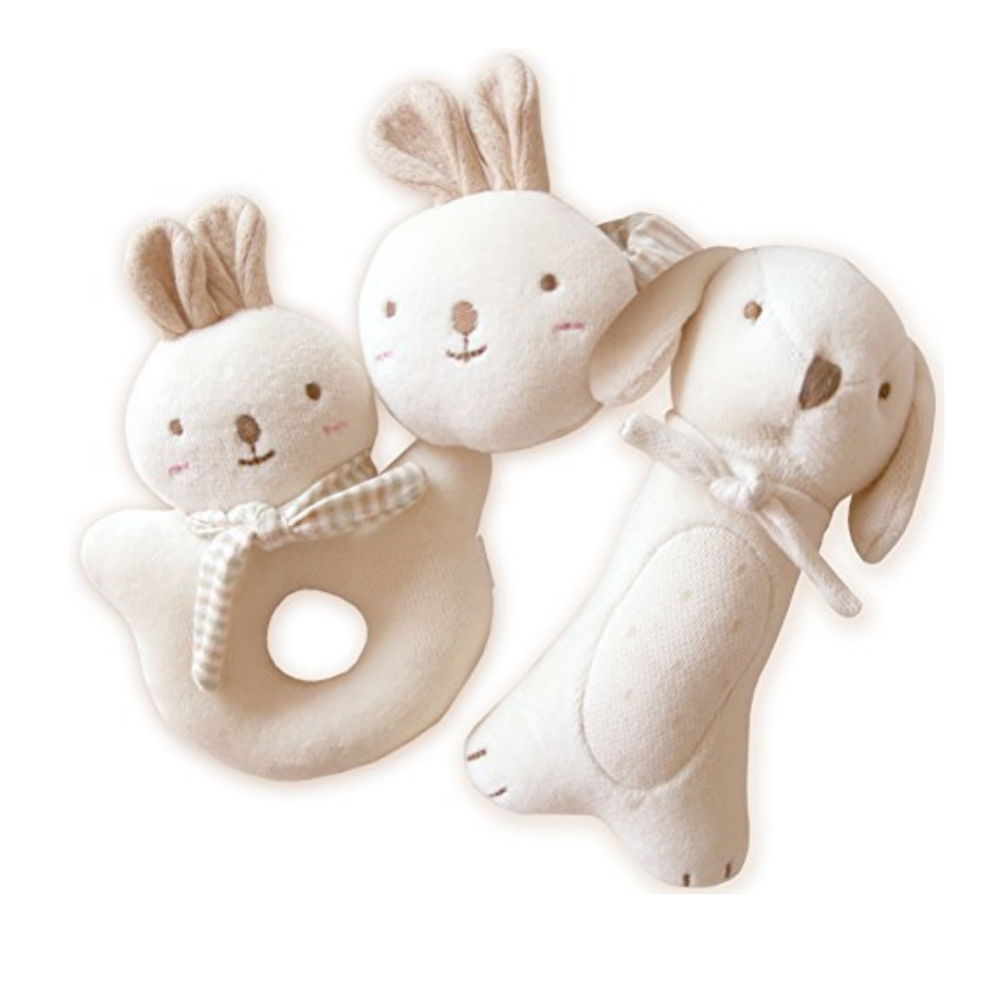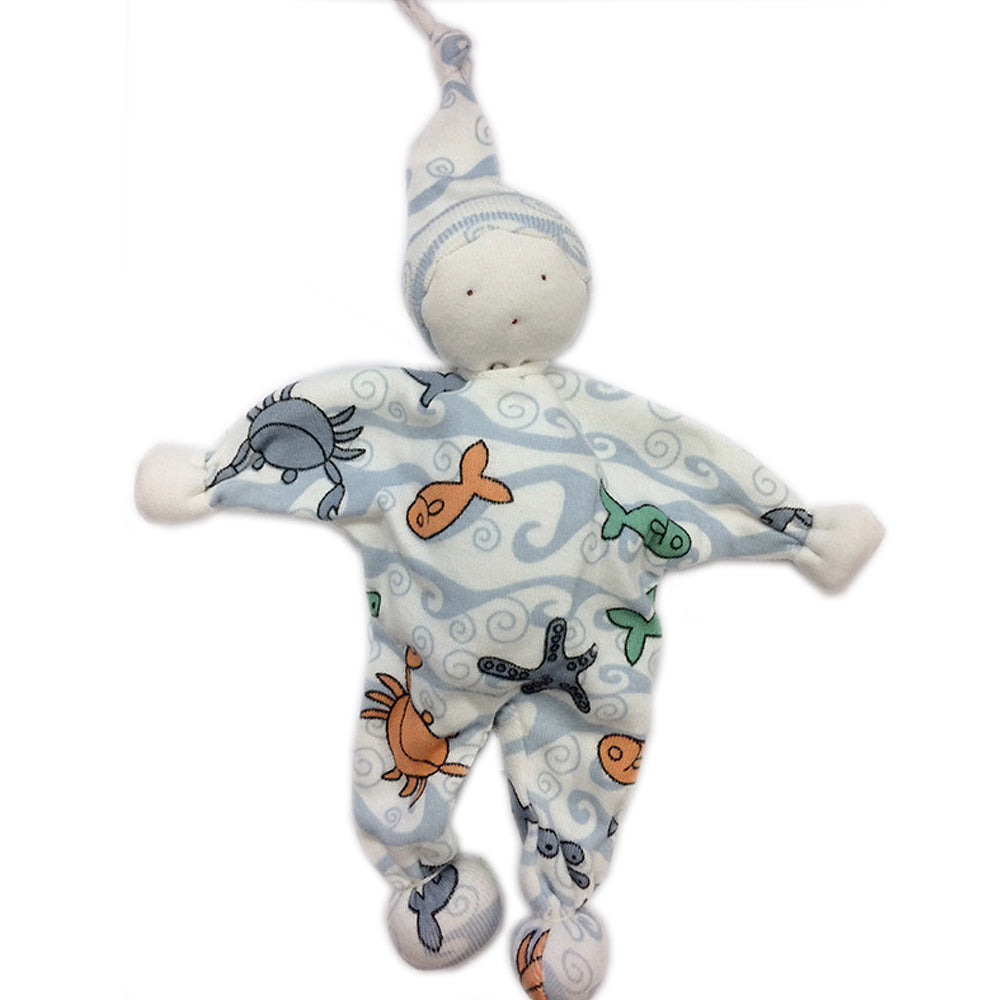Choosing the right 6 month old baby toys is crucial for their overall development. At this age, babies are rapidly growing and exploring the world around them. They begin to exhibit more control over their movements and start showing curiosity about their surroundings. Engaging toys can promote sensory exploration, motor skills, and cognitive development. This article will explore some of the best picks for 6 month old baby toys that suit the developmental needs, fostering an enriching experience for your little one.
Milestones and Development at Six Months
At six months, babies undergo significant growth, mastering new skills crucial for their development.
Physical and Motor Skills
Babies at this age become more physically active. They gain better control of their movements. Many can roll over, sit with support, and grab objects with their hands. Hand-eye coordination improves, and they instinctively explore items through touch and taste. Strengthening muscles for crawling begins, preparing them for further mobility milestones.
Cognitive and Emotional Growth
This period also highlights mental and emotional development. Babies become curious about their surroundings, observing shapes, patterns, and colors. They begin to recognize familiar faces and objects. Emotional responses, such as joy or frustration, become more noticeable. Social interaction grows as they smile, laugh, and coo to communicate. Babies develop a stronger bond with caregivers through play and interaction.
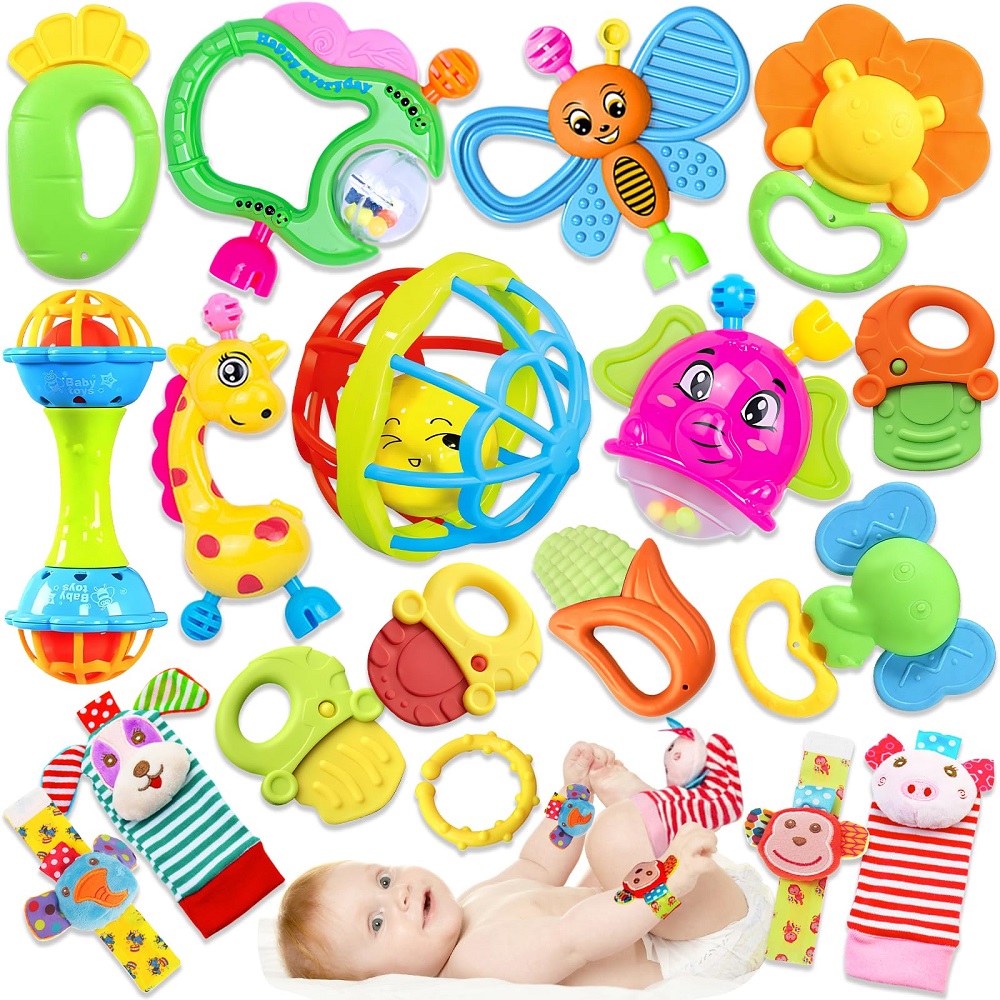
Types of Toys Recommended for 6-Month-Olds
Choosing 6 month old baby toys requires careful consideration of their developmental needs. Toys should promote learning, stimulate senses, and encourage physical and mental growth. Below are key categories to focus on.
Sensory Toys for Stimulation
Sensory toys are perfect for engaging babies and promoting sensory exploration. These toys come in bright colors, interesting textures, and fun sounds. Examples include textured balls, crinkly fabric toys, and light-up items. They help stimulate sight, touch, and hearing. Sensory toys can also develop hand-eye coordination as babies grab and explore objects.
Tummy Time Playthings
Tummy time toys encourage babies to strengthen their neck, arm, and core muscles. These toys often include soft mats with attached features like mirrors, squeaky buttons, or colorful designs. Activity gyms with dangling toys also make tummy time more fun. These items prepare babies for crawling by building muscle strength and coordination.
Interactive and Musical Toys
Interactive and musical toys keep babies engaged while boosting social and cognitive functions. Toys like baby keyboards, sound-producing books, or toys with buttons to press can be exciting. Musical toys teach cause and effect as babies learn they can trigger sounds by pushing buttons. These 6 month old baby toys also encourage communication as they giggle, laugh, or respond to the sounds they hear.
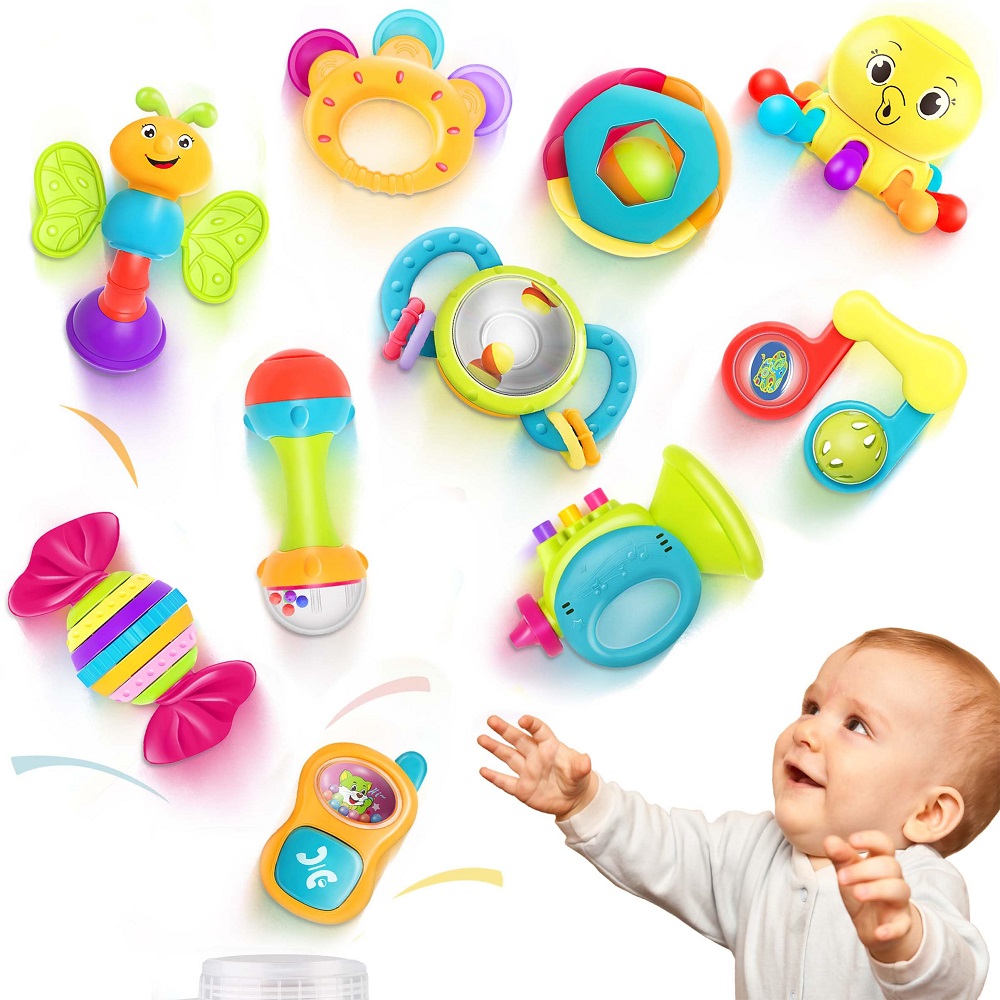
Safety Considerations When Choosing Toys
When buying toys for a 6-month-old baby, safety should always come first. Babies often explore with their mouths, so ensuring toys are safe is vital. Below are important safety features to check when selecting toys.
Non-Toxic and BPA-Free Materials
Toys must be made from safe, non-toxic materials. Avoid items with harmful chemicals like BPA or phthalates. Choose toys labeled as BPA-free or compliant with safety standards. Babies at this age chew on objects during teething, making non-toxic materials crucial. Wooden toys with non-toxic finishes or silicone-based teething toys are good options. Always check for safety certifications on the packaging.
Age-Appropriate Size and Design
Toys should not have small parts that babies can swallow. Ensure they are large enough to prevent choking hazards. Avoid toys with detachable pieces or buttons that can come off. Toys should have smooth edges to prevent cuts or scratches. Additionally, avoid toys with strings or cords longer than 12 inches to reduce strangulation risks. Always follow the age recommendations listed on toy packaging.
Top Categories of Toys for 6-Month-Olds
Selecting suitable toys for 6-month-old babies involves focusing on their needs and developmental milestones. Here are the top categories of toys that are ideal for this age group.
Soft and Plush Toys
Soft and plush toys are comforting for young babies. They provide emotional security and tactile stimulation. Look for stuffed animals or cloth toys made of soft and washable materials. These toys encourage babies to explore textures and practice gripping. Some plush toys may also include crinkly sounds or rattles to provide sensory engagement. Always choose ones labeled as safe for infants to ensure no harmful chemicals are present.
Teething Toys and Chewables
Teething toys are essential for soothing babies during their teething phase. Silicone or rubber teething rings are great options. These toys help massage the gums and reduce discomfort. Many teething toys come in bright colors, adding visual stimulation. Some designs include gripping handles, encouraging hand-eye coordination. To ensure hygiene, select teethers that are easy to clean and sterilize.
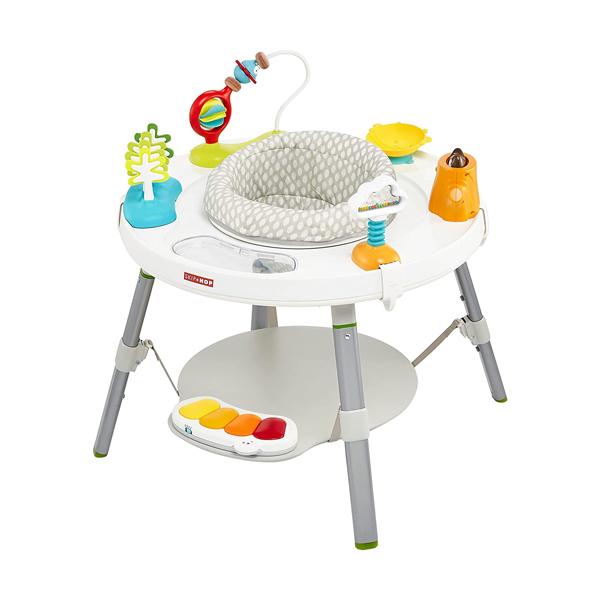
Toys That Encourage Sitting and Crawling
Babies around six months start preparing for milestones like sitting and crawling. Toys designed for these activities aid muscle development and coordination. Sitting toys like stacking rings or toys with buttons to push help babies strengthen their trunk muscles. Crawling toys like rolling balls or cars encourage forward movement. Activity centers with interactive features like spinning elements also inspire mobility and provide mental engagement. When choosing these toys, check for durability and safety to prevent accidents during active play.
Benefits of Playtime for Six-Month-Olds
Playtime is essential for a 6-month-old baby’s development. It combines fun with learning, helping babies grow physically, emotionally, and mentally. Here’s how playtime benefits them.
Encouraging Fine Motor Skills
Fine motor skills are crucial for handling objects and performing everyday tasks. Toys that involve grasping, squeezing, or stacking enhance these skills. For example, stacking rings or textured balls allow babies to practice grip and hand-eye coordination. Toys with interactive features, like buttons to press or levers to pull, strengthen finger dexterity. These activities also prepare babies for advanced actions like feeding and writing.
Supporting Bonding Through Play
Playtime is a wonderful opportunity to bond with your baby. Interactive toys, like rattles or sound-producing toys, encourage communication between baby and caregiver. Singing songs, clapping, or imitating your baby’s actions deepen emotional connections. Shared activities build trust and positively impact their social skills. Playing together reduces stress for both parent and baby, fostering a happy and loving environment.
Tips for Choosing the Perfect Toy
Choosing the right toy for a 6-month-old can feel overwhelming. Focus on balancing fun and learning. The perfect toy should match your baby’s interests, support their development, and keep them engaged. Below are some practical tips to help you select ideal toys for your baby.
Matching Your Baby’s Interests and Needs
Every baby is unique. Pay attention to their interests and developmental needs when selecting toys.
- Observe their preferences: Notice the toys they gravitate towards. Do they like toys that light up, make sounds, or have unique textures?
- Support their milestones: Choose toys that align with their current abilities. For example, a baby practicing sitting up might benefit from stacking rings or interactive toys.
- Encourage exploration: Select toys that stimulate their senses and curiosity, like textured balls or colorful rattles.
- Ensure comfort: Avoid toys that may overwhelm them. Start with simple designs before introducing more complex features.
Incorporating Educational Elements
Toys with educational benefits can support your baby’s cognitive and physical growth.
- Focus on sensory stimulation: Look for toys with bright colors, varied textures, and engaging sounds to boost sensory skills.
- Introduce cause and effect: Toys with buttons, levers, or sounds teach babies that actions lead to outcomes.
- Promote problem-solving: Simple puzzles or toys that stack or fit together can enhance critical thinking.
- Language growth: Opt for toys with sounds, music, or simple words, encouraging early communication skills.
- Physical development: Choose toys that encourage movement, like crawling toys or tummy time mats, to strengthen muscles.
Selecting toys tailored to their developmental stage ensures your baby gains maximum benefits. Toys that resonate with their needs and provide educational value will make playtime both enjoyable and enriching.
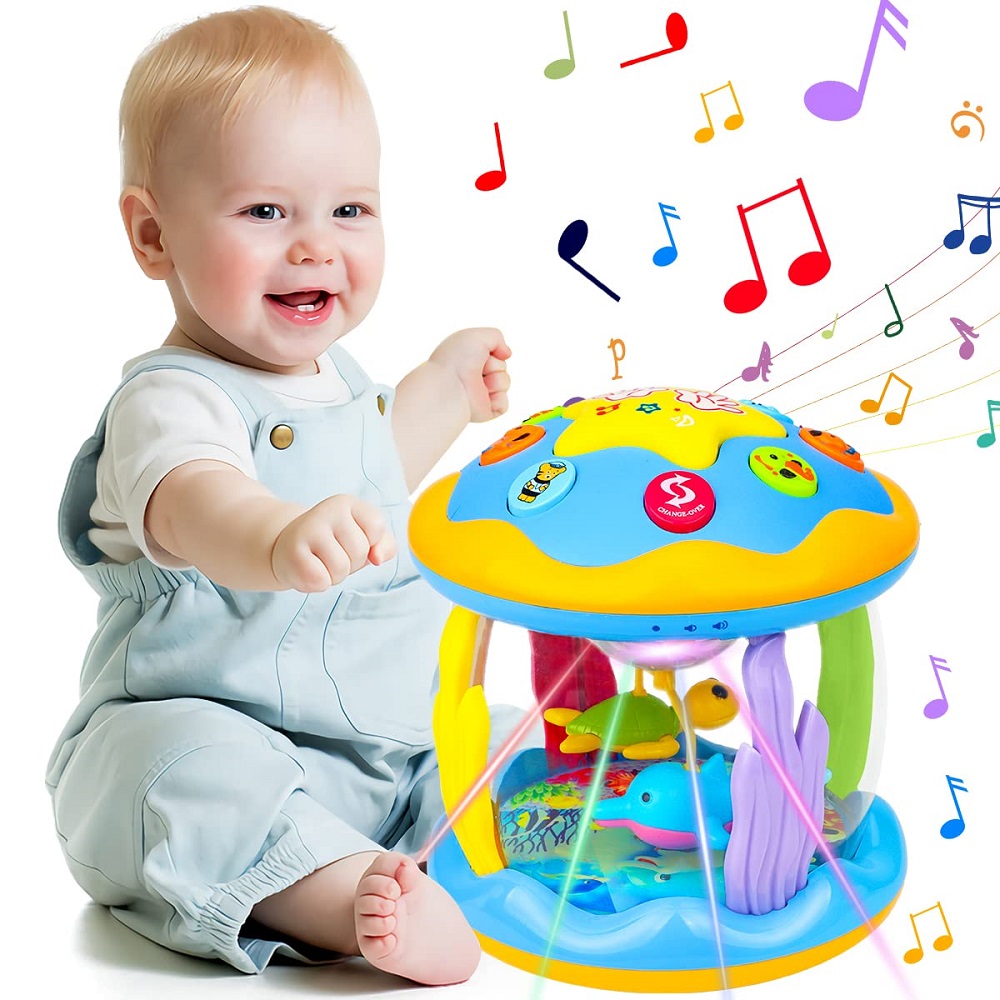
Finding the Right Environment for Play
Creating a Safe Play Space
In addition to selecting appropriate toys, creating a safe play environment is equally important. Designate a specific area in your home for your baby to explore and play with their toys. Ensure that this area is free from hazards, such as sharp objects, small choking hazards, or unstable furniture. A clean, comfortable play mat or blanket can provide a soft surface for your baby to sit or crawl on while they engage with their toys.
Soft barriers or playpens can also provide a secure space for babies to play without wandering off into less safe areas of the house. A well-defined play space will give both you and your baby peace of mind while they explore their surroundings. It’s a chance for them to become more confident in their movements while minimizing risks during their adventures.
Introducing Playtime Routines
Establishing a routine around playtime can help your 6-month-old understand what to expect. Babies thrive on consistency, and incorporating regular play sessions into their daily schedule can lead to positive behavior and engagement. You might consider morning playtime after breakfast or setting aside time in the afternoon for exploration and interaction.
Routine also helps reinforce the habit of playing and learning. You’ll find that your baby might anticipate playtime as they grow to enjoy the activities and interactions that come with it. This structure will not only engage them but also create precious moments of bonding as you join in the fun.
Expanding Playtime Beyond Toys
Incorporating Everyday Items
While dedicated toys are essential for development, everyday household items can also provide fun and learning opportunities. Items like plastic bowls, measuring cups, or empty boxes can encourage exploration and imaginative play. Babies love to interact with objects they see adults using. Each encounter presents an opportunity for them to learn about their environment and the functions of various items.
For example, you might introduce stacking cups from the kitchen. These can be used for stacking games or filling them with other toys. The goal is to allow your baby to engage in open-ended play with safe household objects, promoting creativity and allowing them to use their imagination.
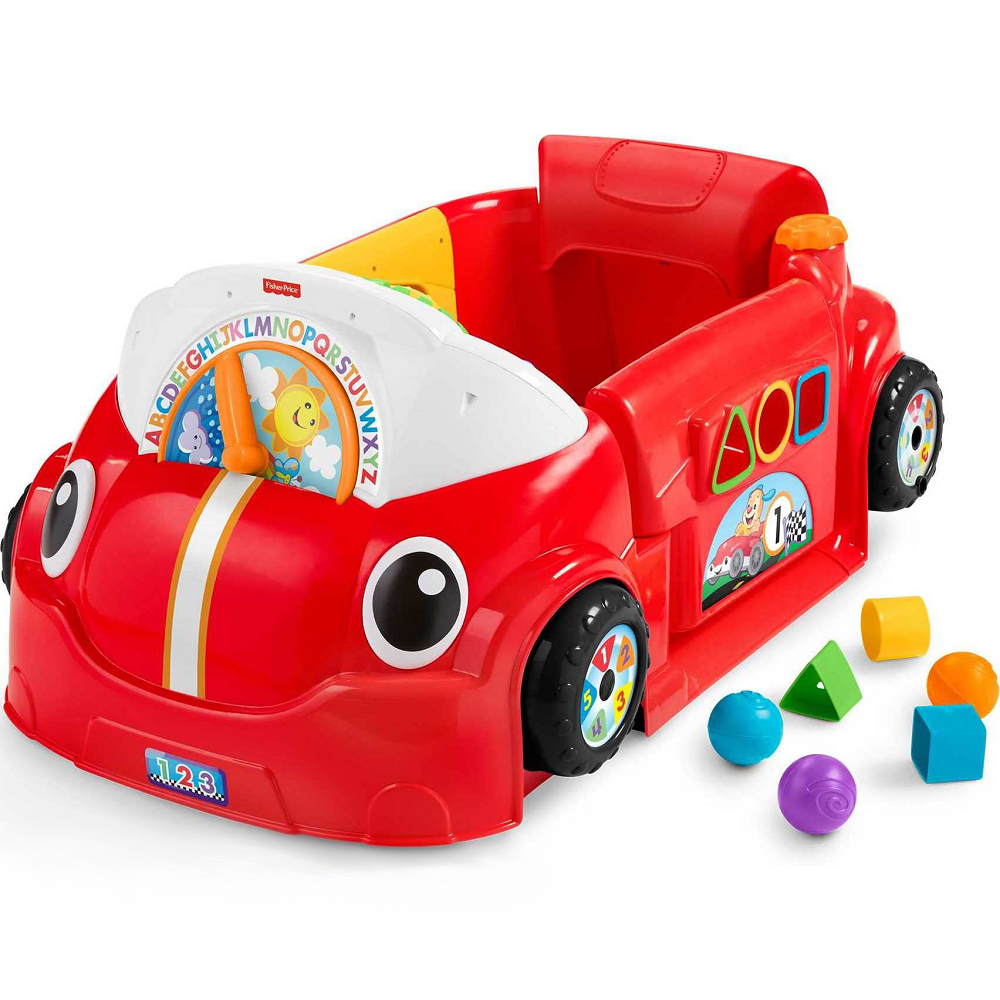
Encouraging Outdoor Exploration
In addition to indoor play, outdoor exploration is crucial for your baby’s overall development. Being outside exposes babies to new sights, sounds, and experiences that enhance their sensory development. Whether it’s taking a stroll in the park or having a picnic in your backyard, outdoor time fosters curiosity and exploration.
Consider bringing along a few toys during outings, such as a soft ball or a sensory blanket. Allow your baby to feel the grass, watch the trees sway, or hear birds chirping. This connection with nature broadens their experiences and further enriches their development, reinforcing the learning that happens indoors.
Monitoring Progress and Adjusting for Growth
Observing Developmental Milestones
As your baby engages with various 6 month old baby toys, it is helpful to observe their developmental milestones. Every child develops at their own pace, but there are general guidelines of skills you can look for around the 6-month mark. These can include improved grasping abilities, the ability to roll over, and vocalizing sounds.
Monitoring these milestones not only informs you about your baby’s growth but also helps you adjust the types of toys you introduce. If you notice that your baby enjoys pushing toys or is attempting to crawl, it may be time to introduce toys that support those skills further, such as push toys or crawling balls. Ensuring toys are appropriate for their developmental stage encourages progressive learning and engagement.
Adapting to New Interests
Your baby’s interests will evolve as they grow and develop. Pay attention to the toys that capture their attention the most, as these preferences can guide your future purchases. If they show particular excitement for cause-and-effect toys that light up and make sounds, seek out similar toys that offer fresh challenges.
Being adaptive will keep your playtime engaging and exciting for both you and your baby. As their interests change, continue to introduce a variety of toys that stimulate different areas of development—be it fine motor skills, cognitive function, or social play. Embracing this evolving landscape of play will not only enrich your baby’s experiences but also strengthen the bond between you as you explore together.
Nurturing Development Through Play
In summary, selecting the right toys and fostering a supportive play environment is essential for your 6-month-old’s development. By prioritizing sensory engagement, motor skill enhancement, and cognitive learning, parents and caregivers can provide enriching and enjoyable play experiences. From safe dedicated toys to everyday household items, numerous opportunities exist for exploration and learning.
Creating routines, encouraging outdoor exploration, and observing developmental milestones all contribute to a holistic approach to play. As your baby grows and their interests evolve, being adaptable in choosing 6 month old baby toys will maintain their excitement in learning. Ultimately, the journey of play is not only about enjoyable experiences but also about nurturing early development and strengthening the bond between you and your little one. Happy playing!
